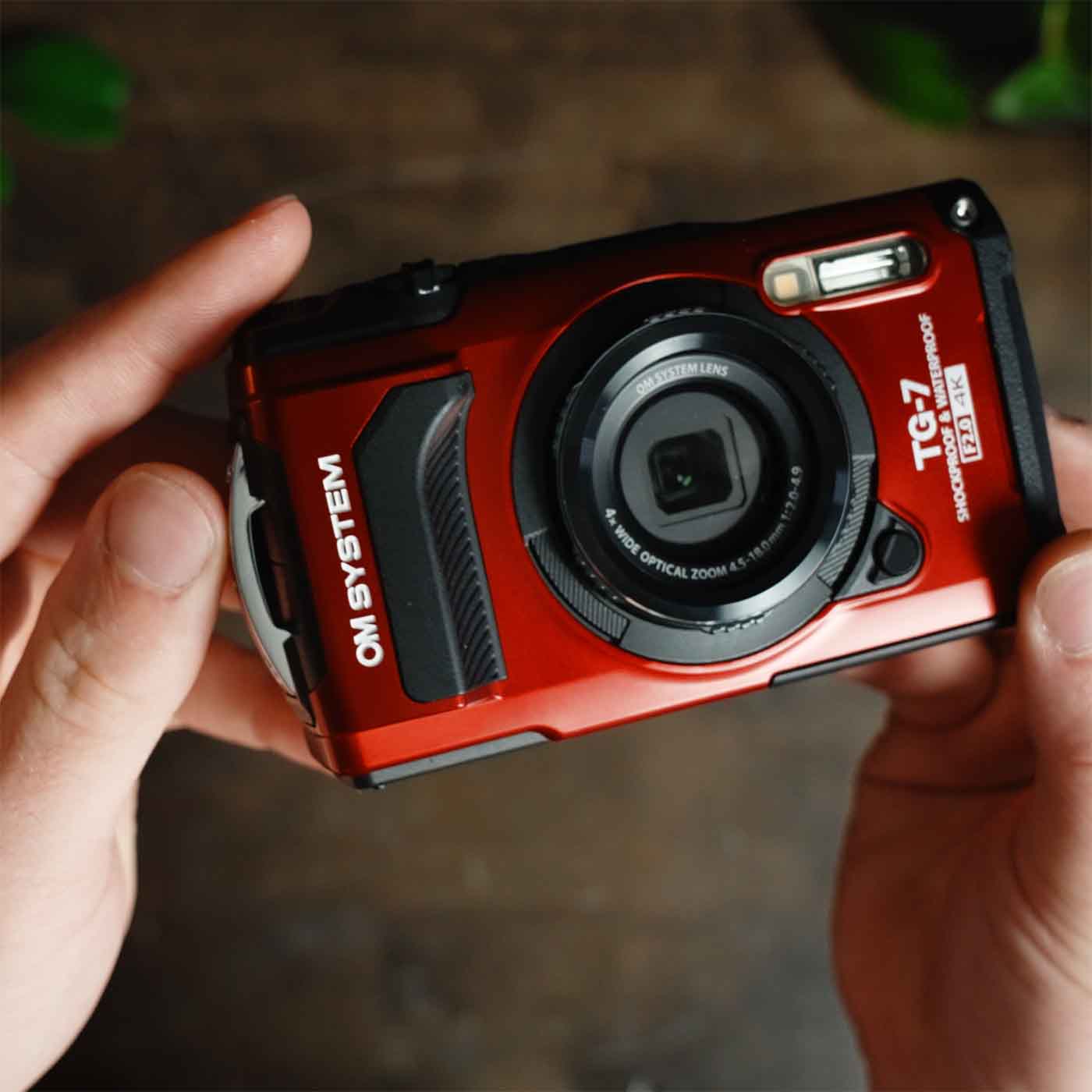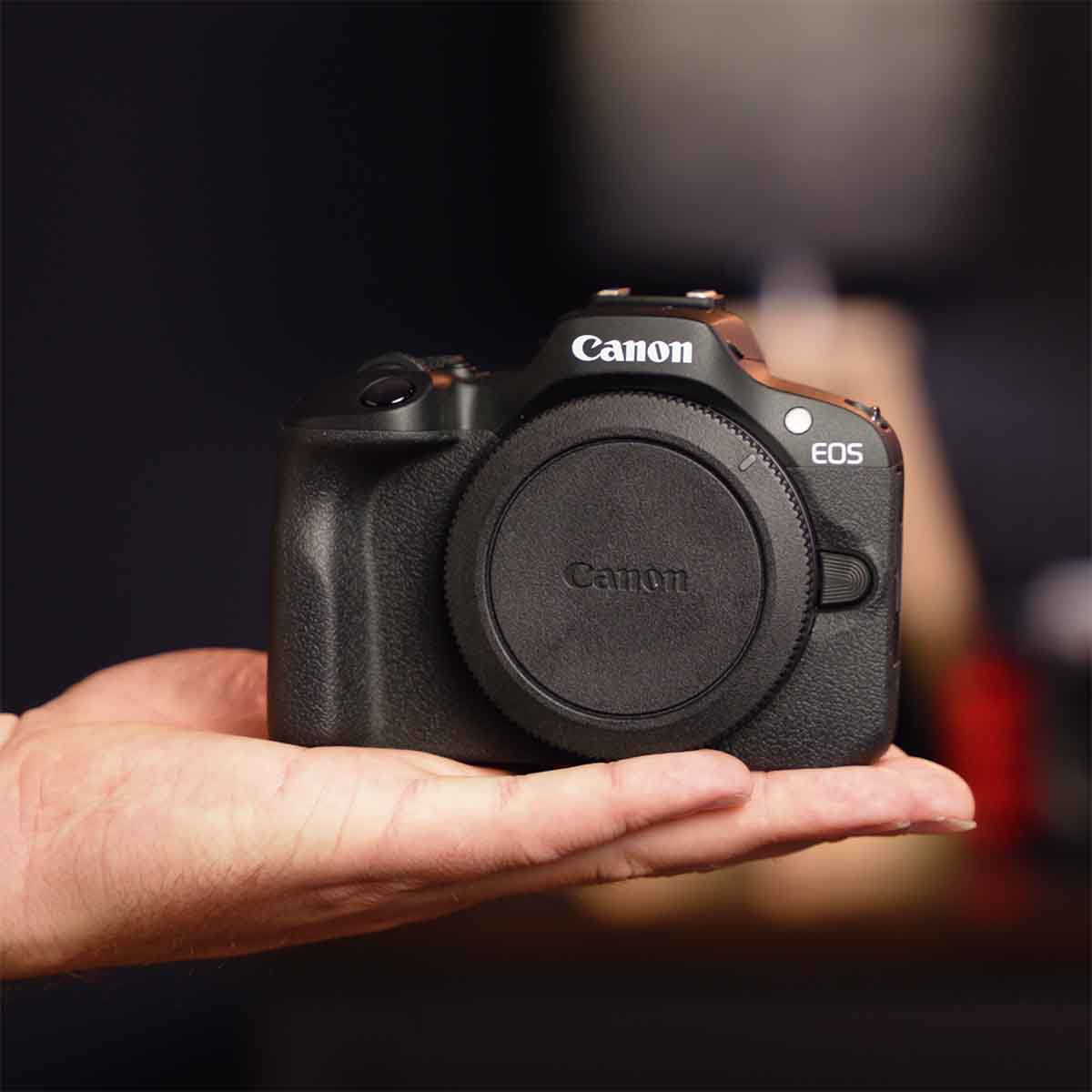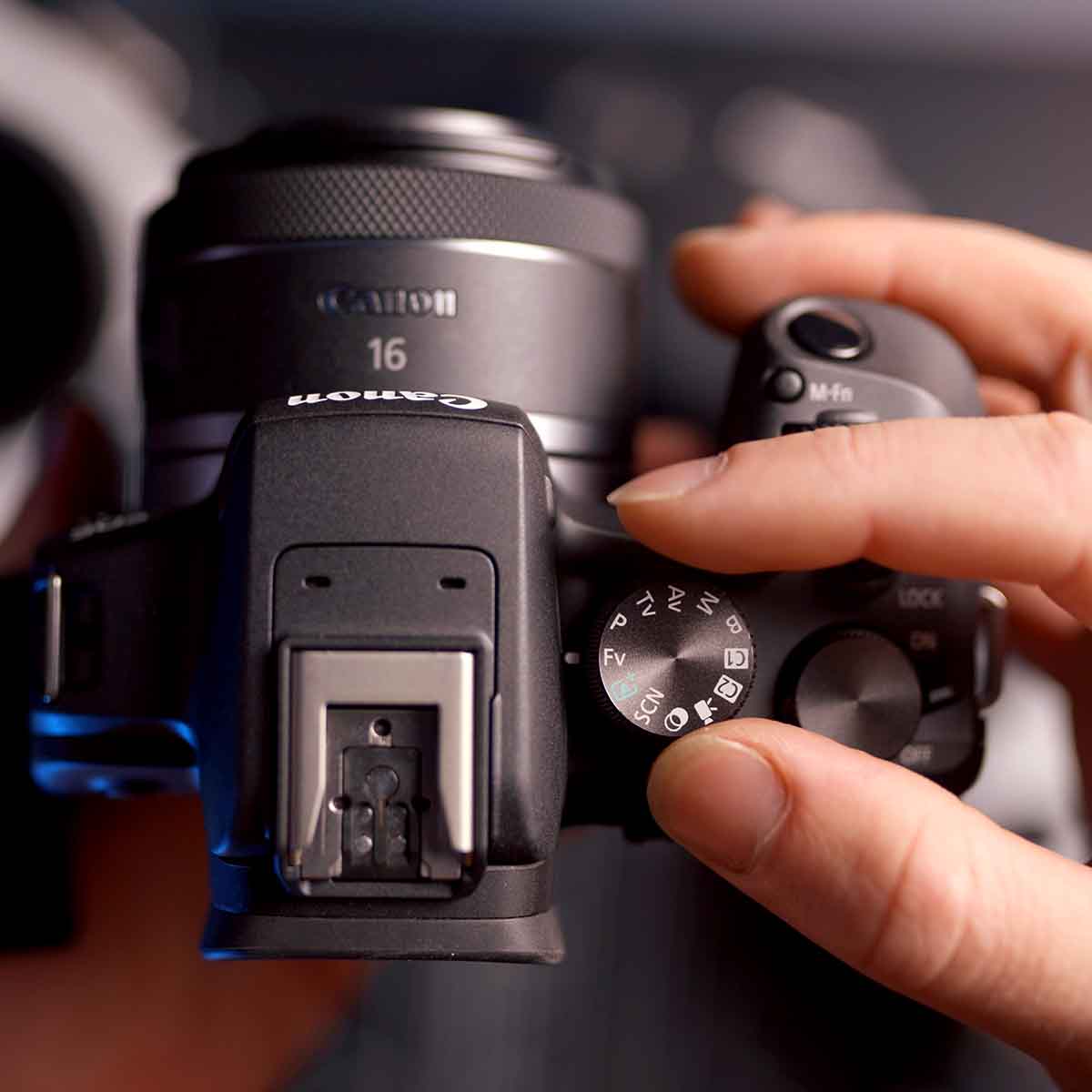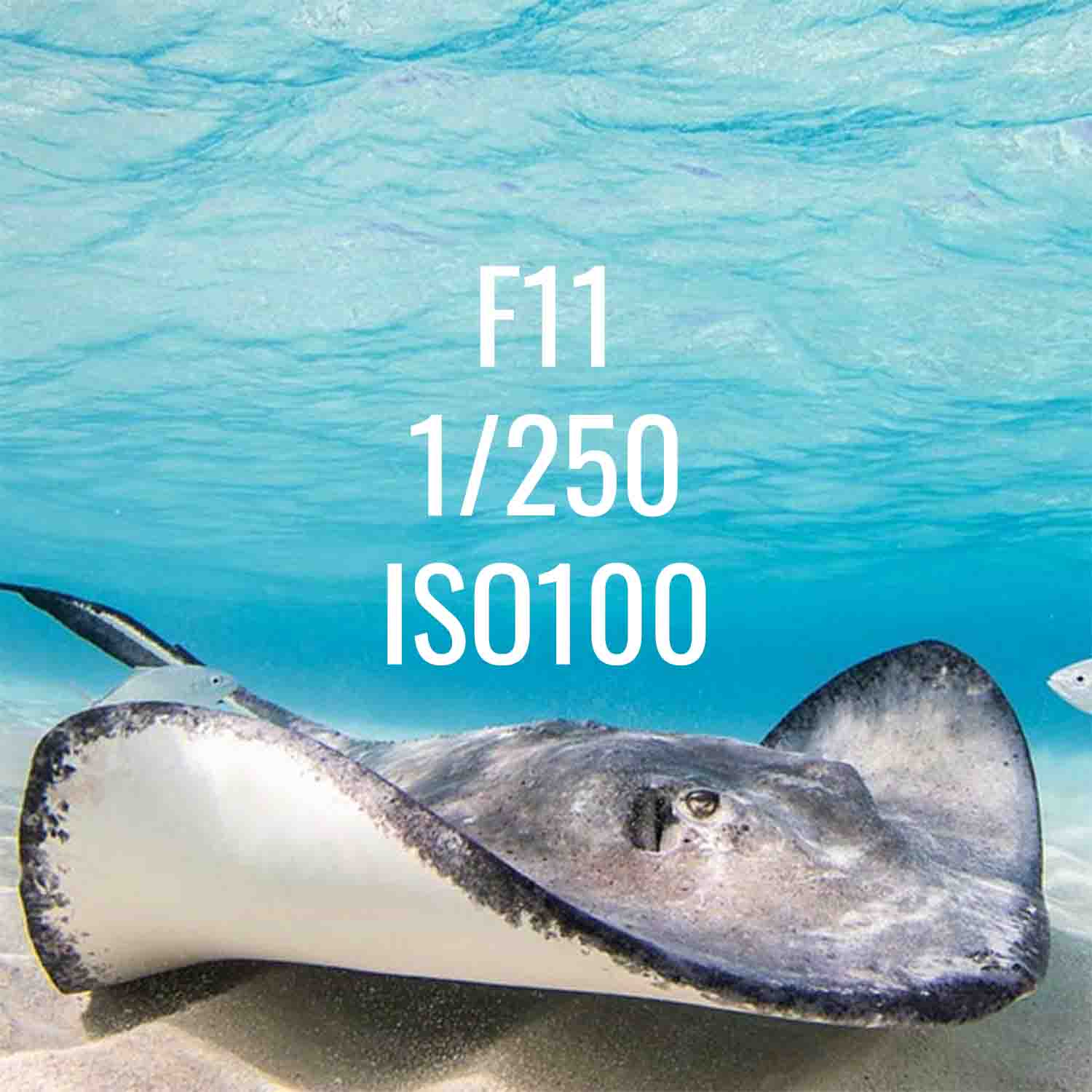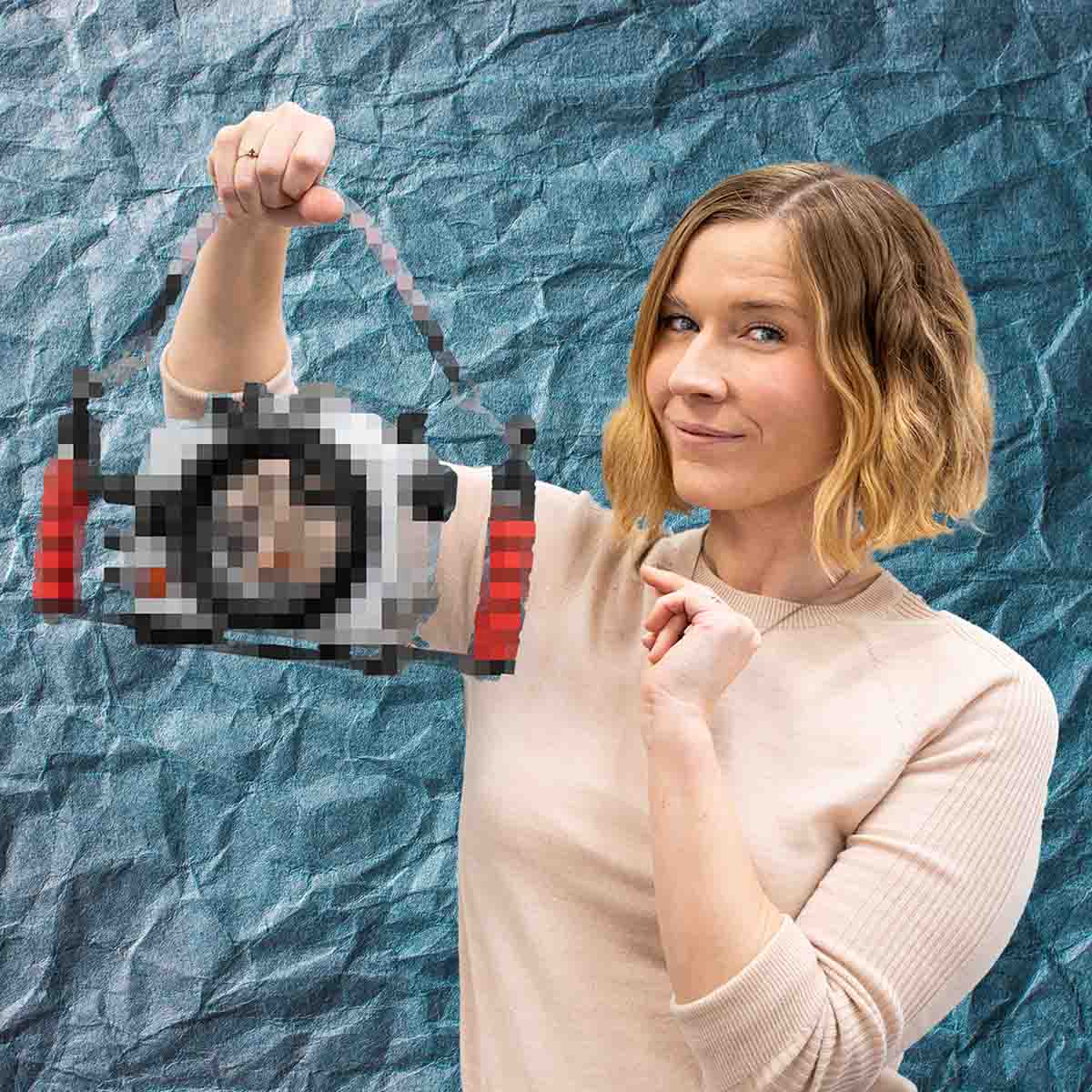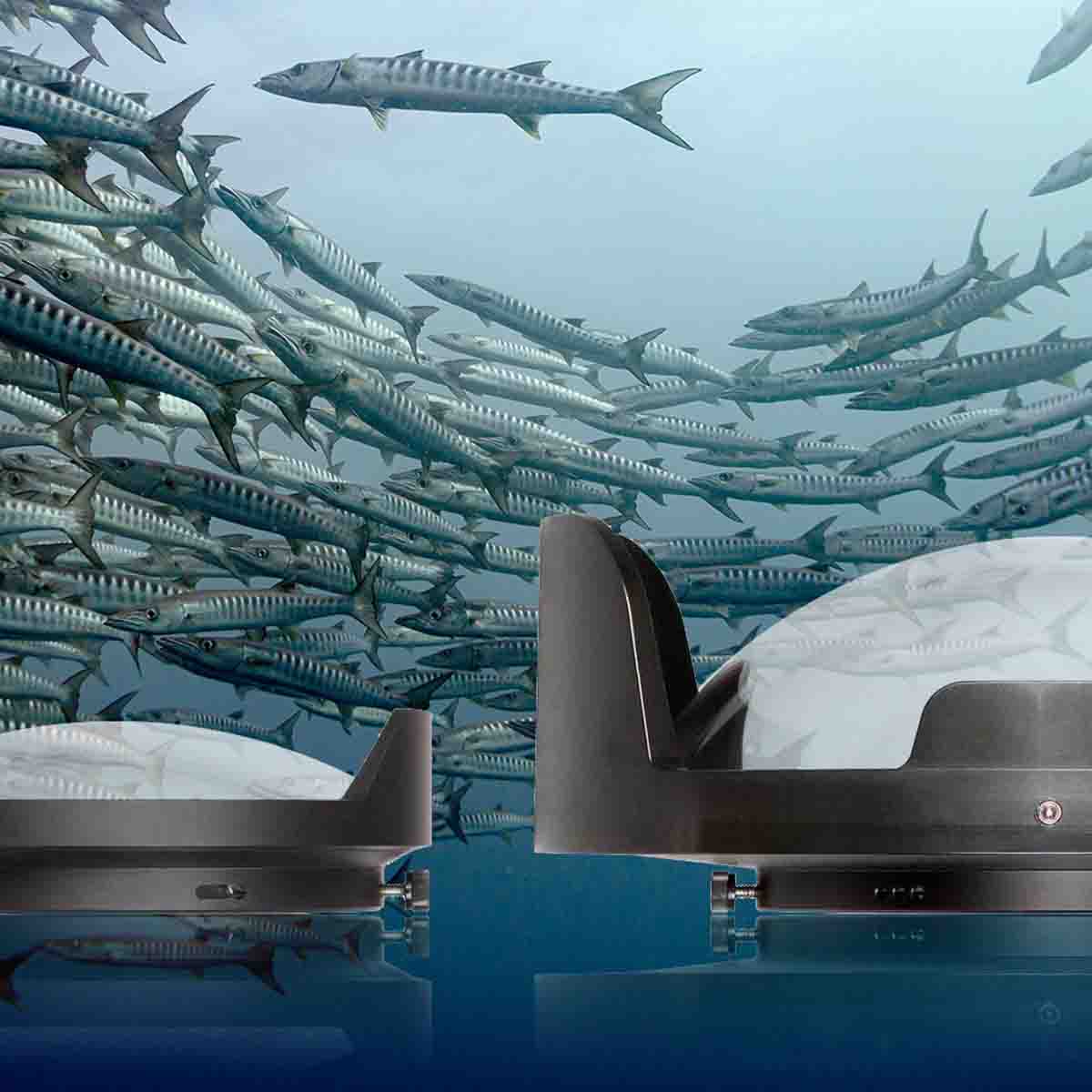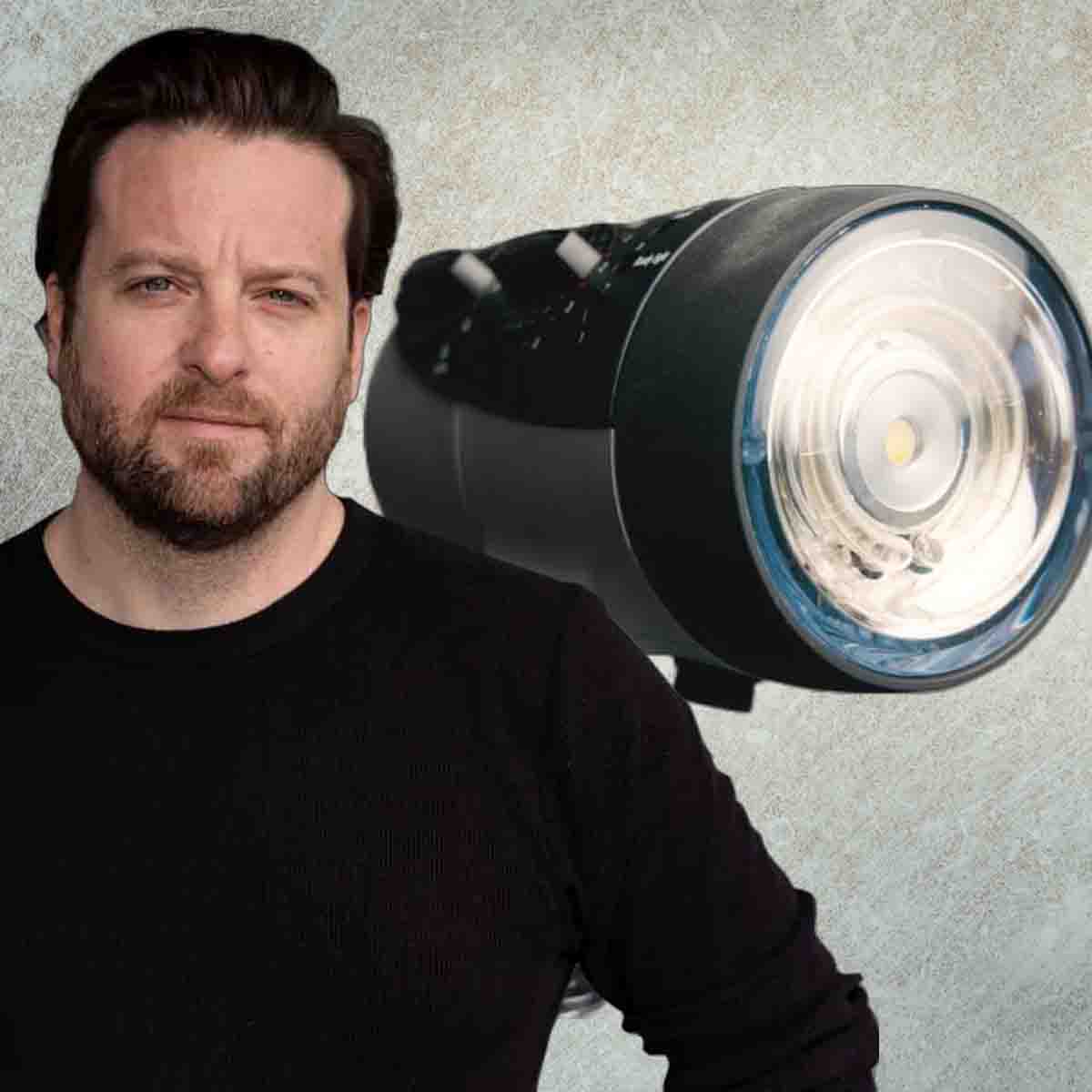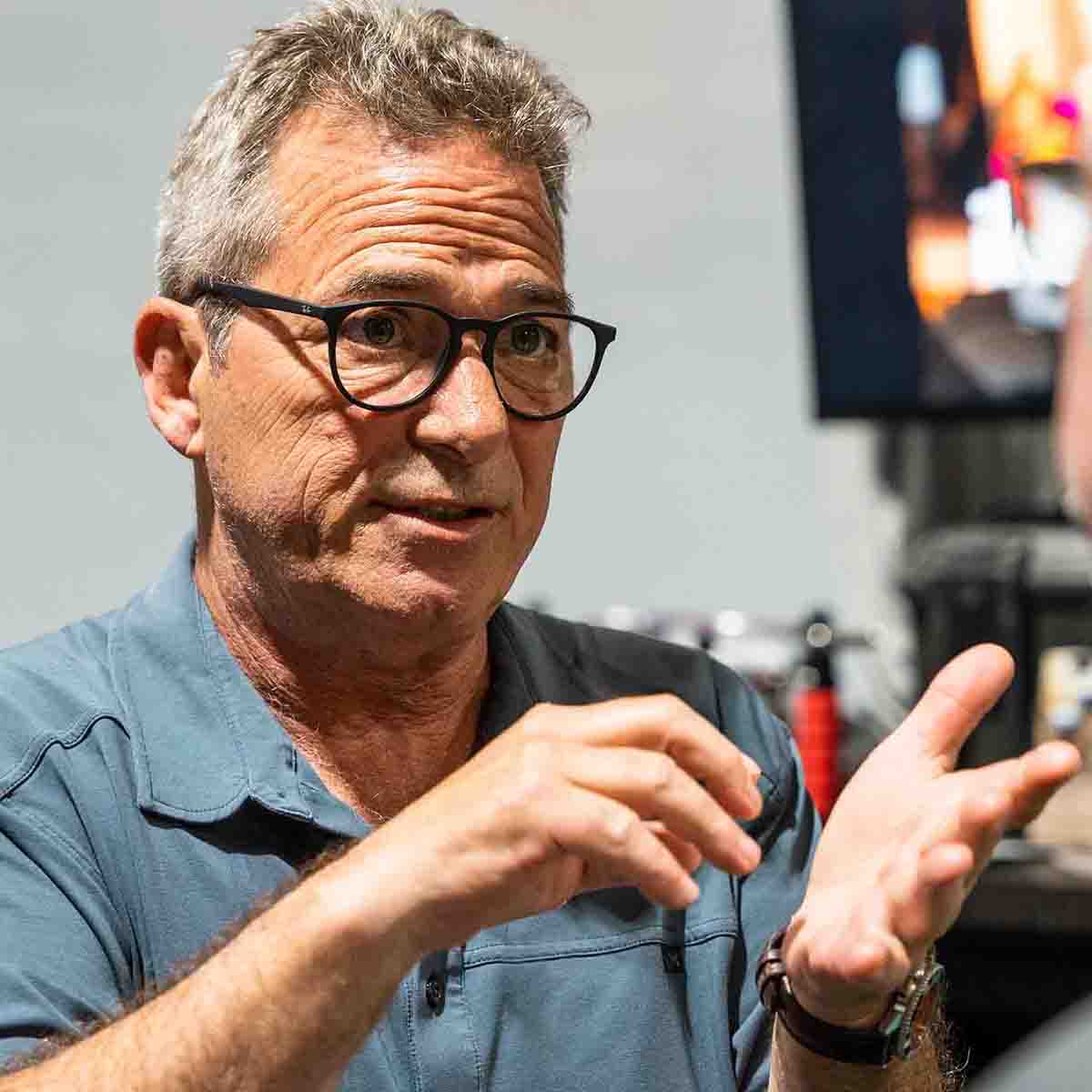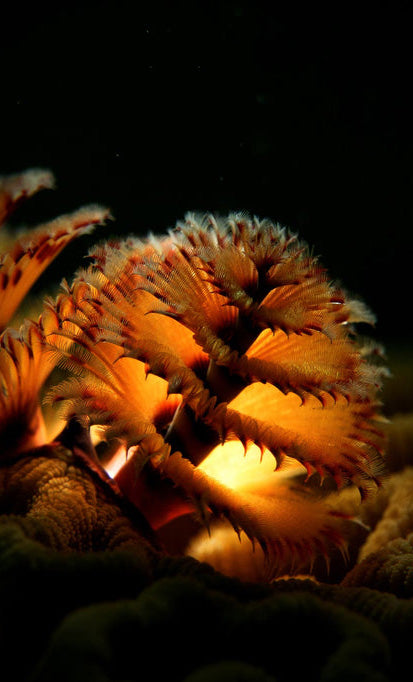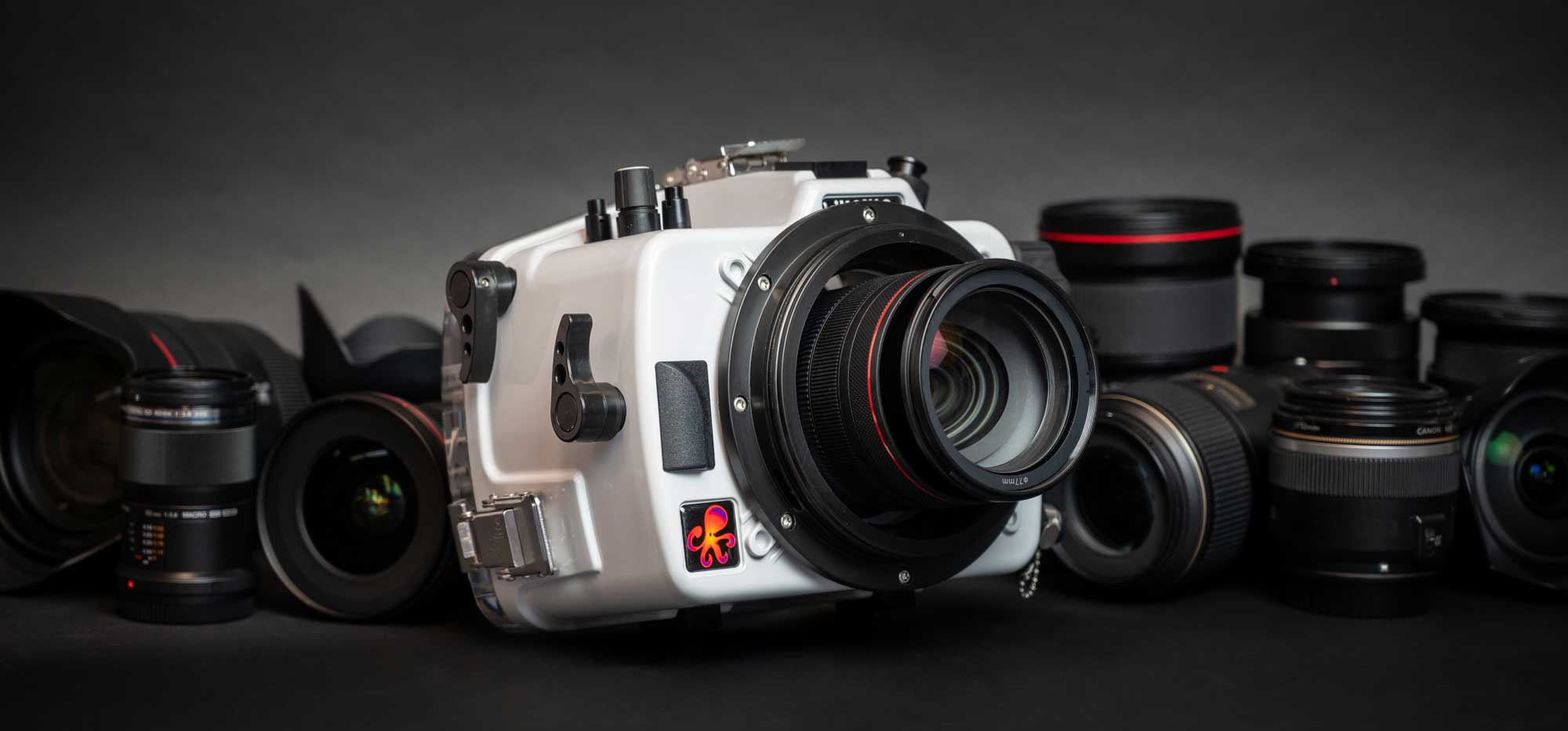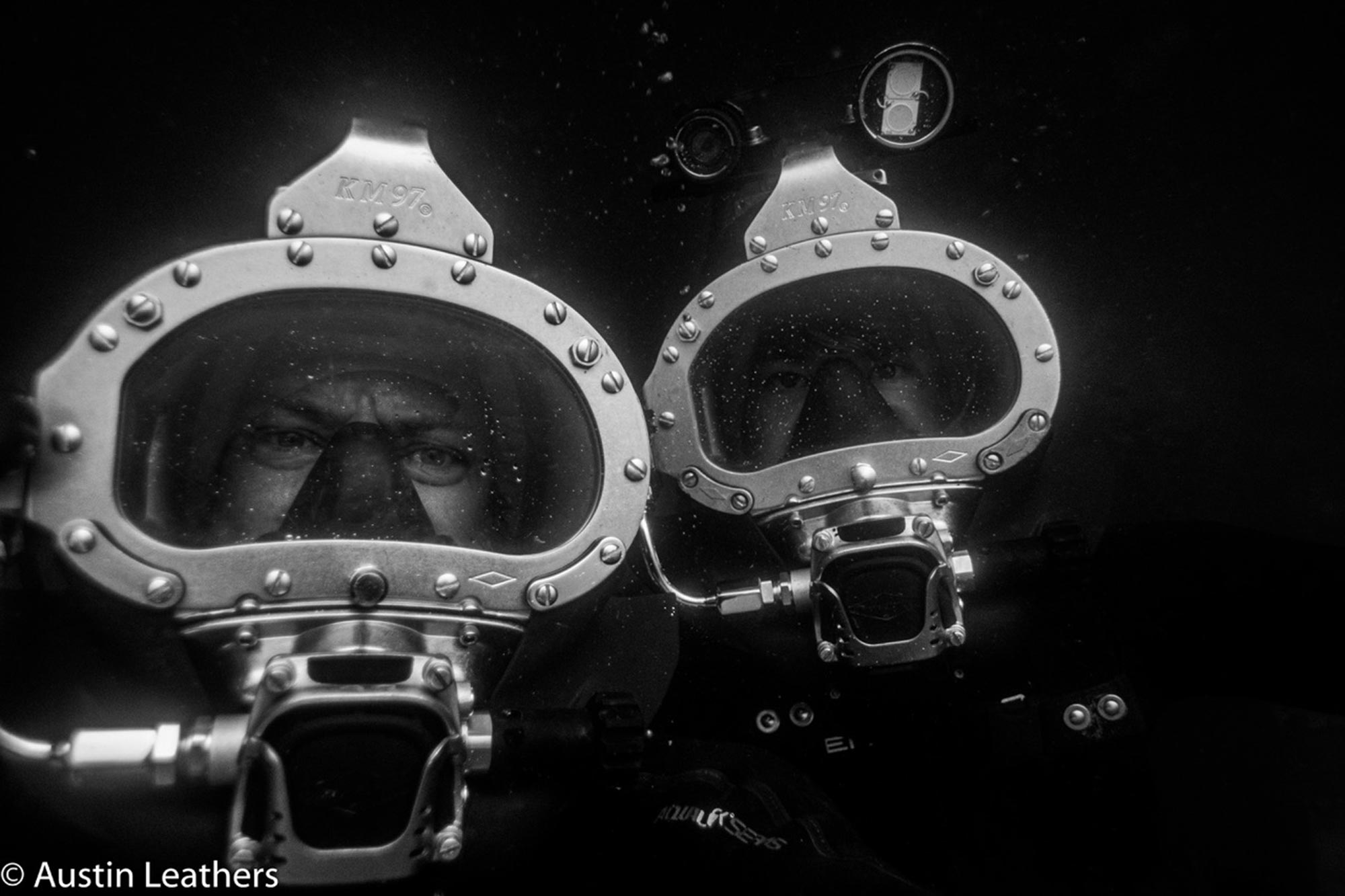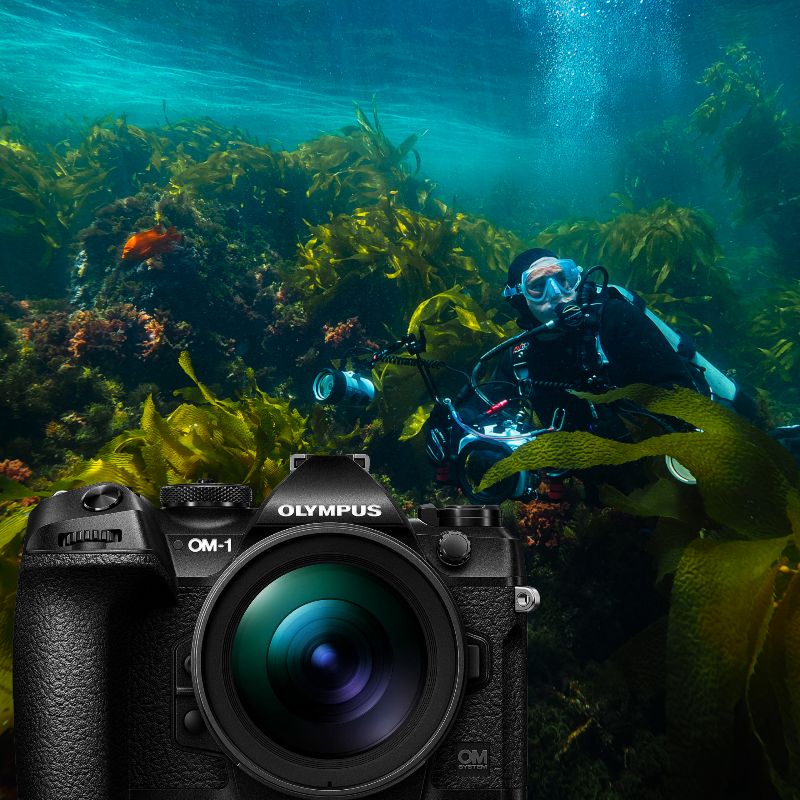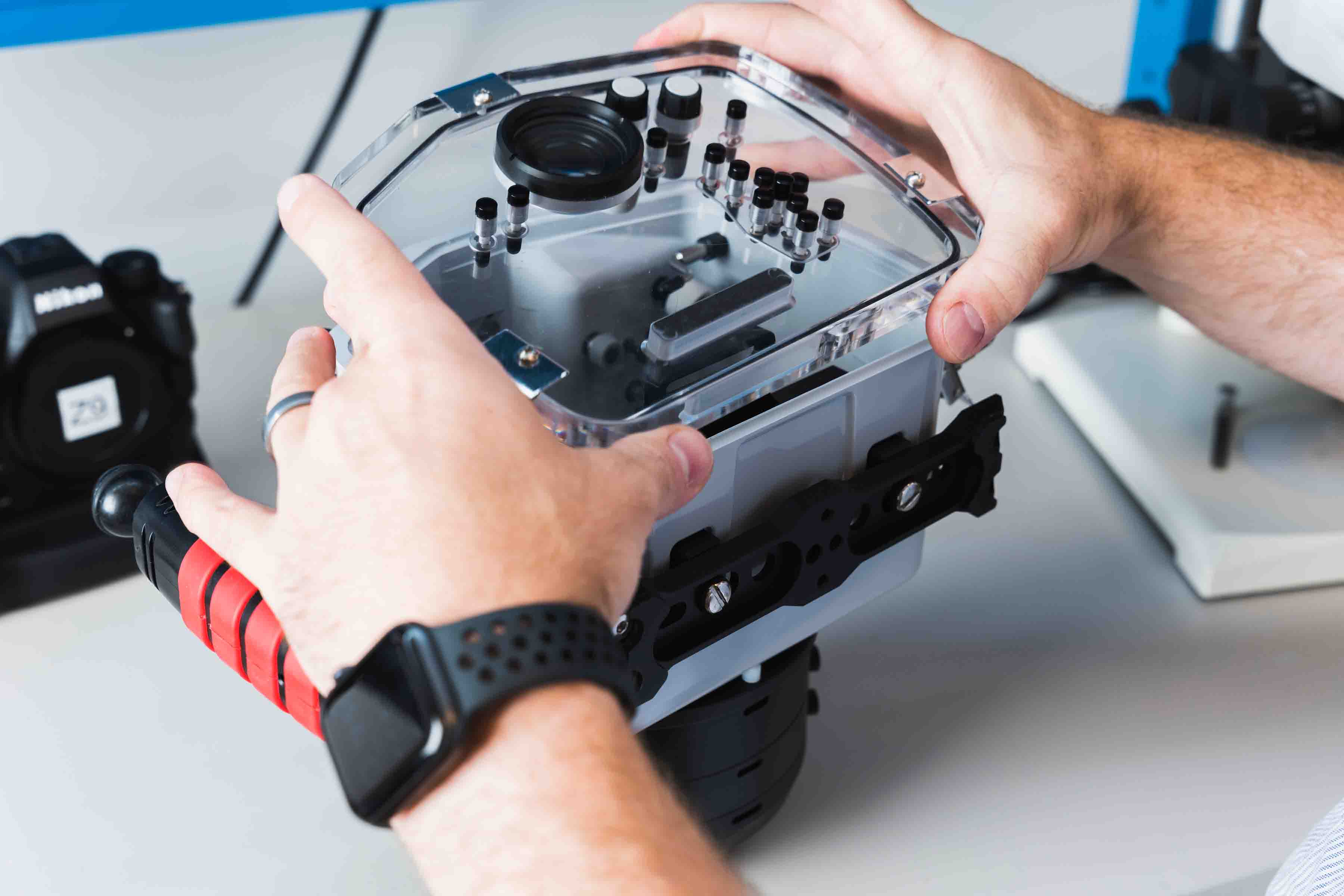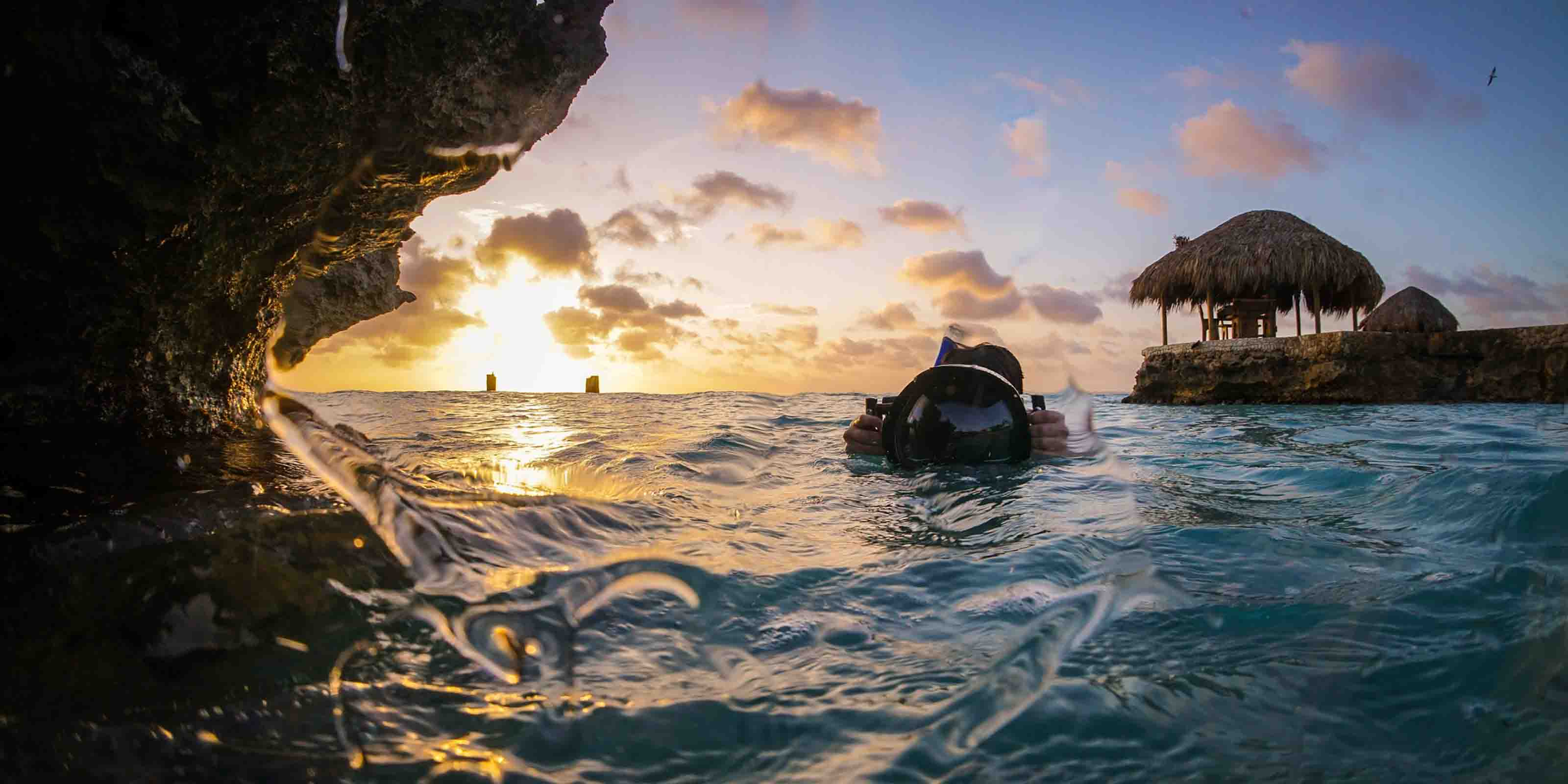
Seadragons Underwater Camera Settings and Technique
Your cheat sheet to photographing seadragons! Pro-tips, camera settings, how to find these masters of camouflage, and more.
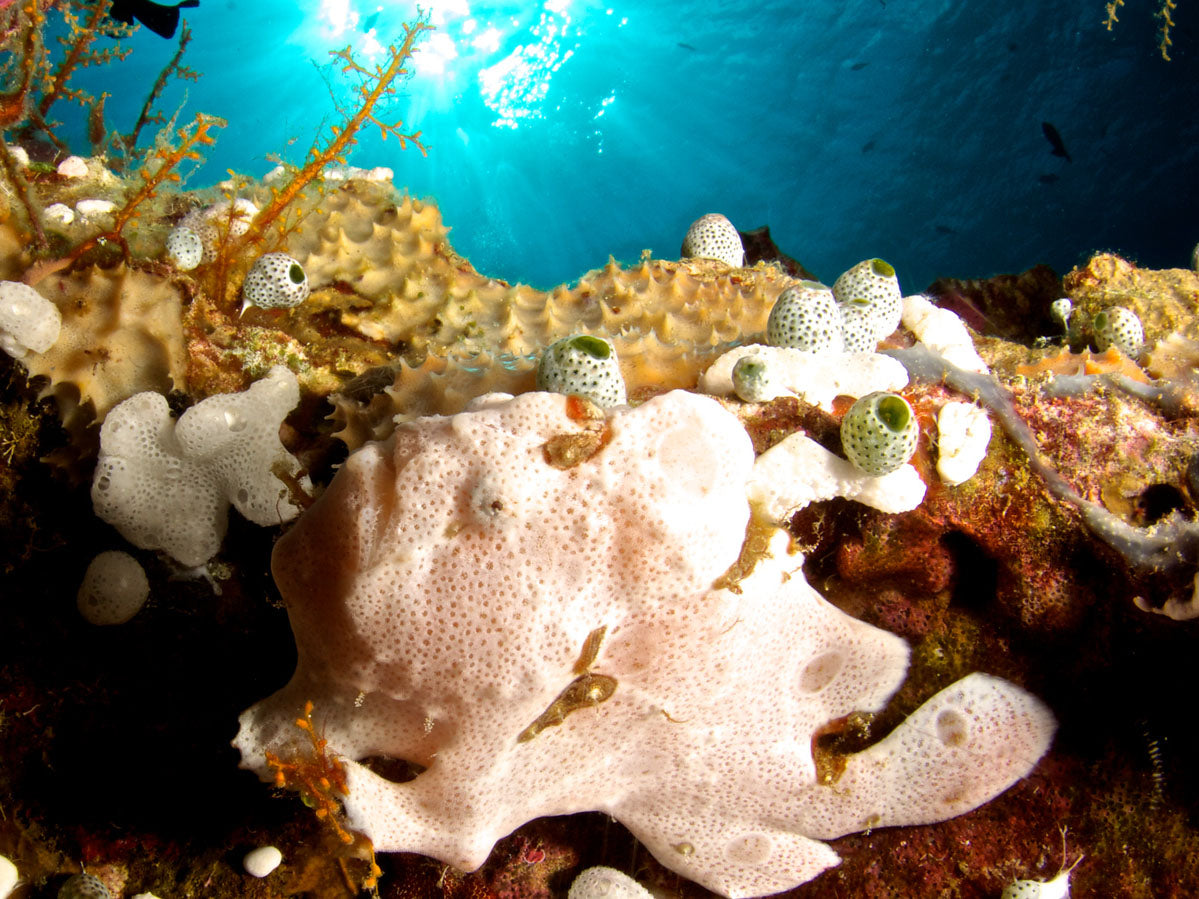
Frogfish Underwater Photography Camera Settings and Technique
Frogfish are cartoonish and well camouflaged. They're also incredibly patient photography subjects. Use these tips to find and photograph them.
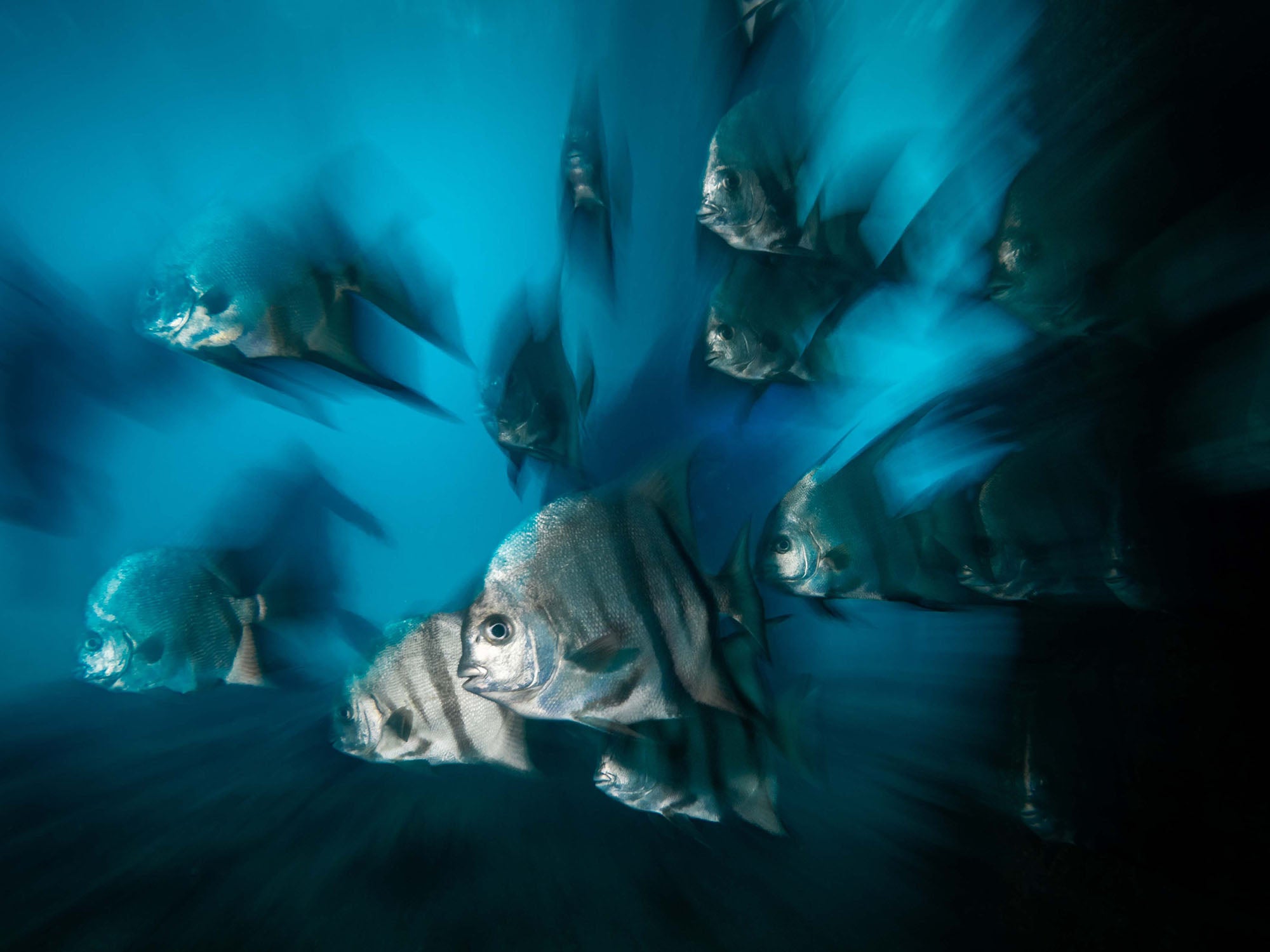
Motion Blur Underwater Photography Settings and Technique
Whether you're looking to tell a story or just create an abstract piece of art, motion blur is an exciting and challenging technique you can incorporate into your repertoire today using these simpl...
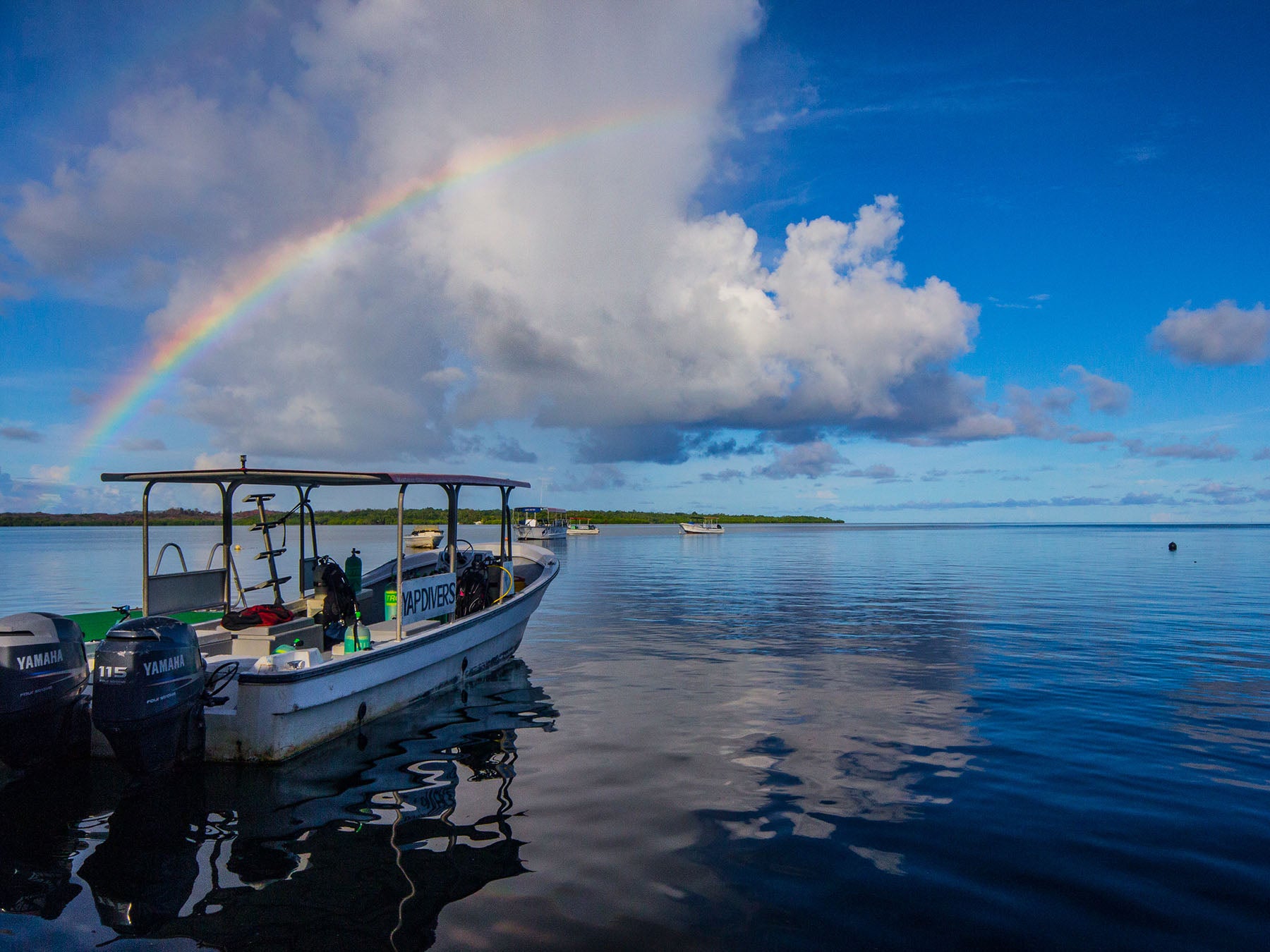
Yap, Micronesia Underwater Photography
Yap, Micronesia is one of the few places in the world where getting close to large manta rays is virtually guaranteed. Learn how to get there, what to pack, what you'll see, and how to photograph i...

Wakatobi Underwater Photography
Wakatobi is a bucket-list dive destination for a lot underwater photographers, and for good reason. Find out why so many divers consider Wakatobi the mecca of the Coral Triangle.
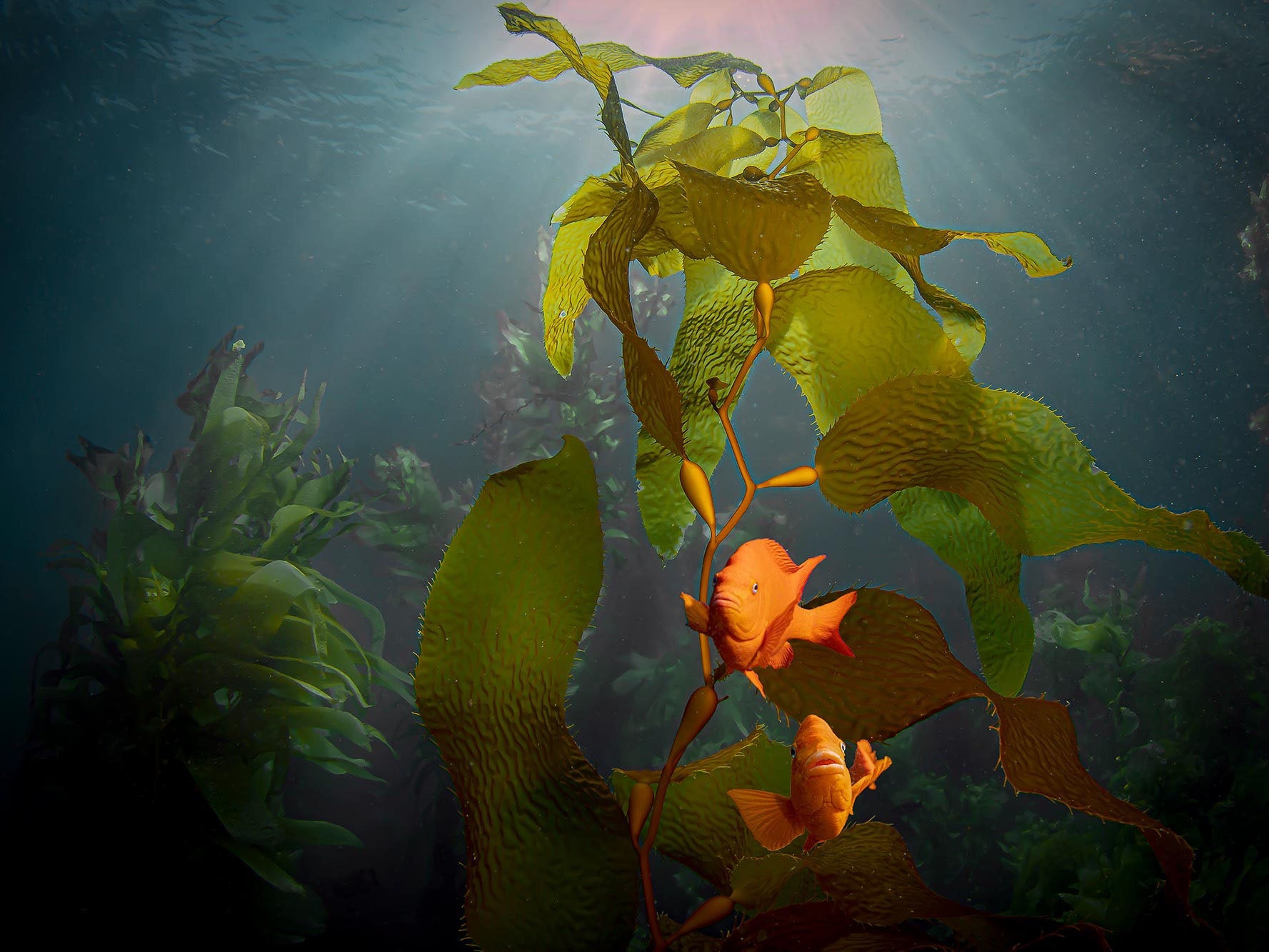
Catalina Island California Underwater Photography
The ultimate Cheat Sheet to Catalina Island underwater photography.
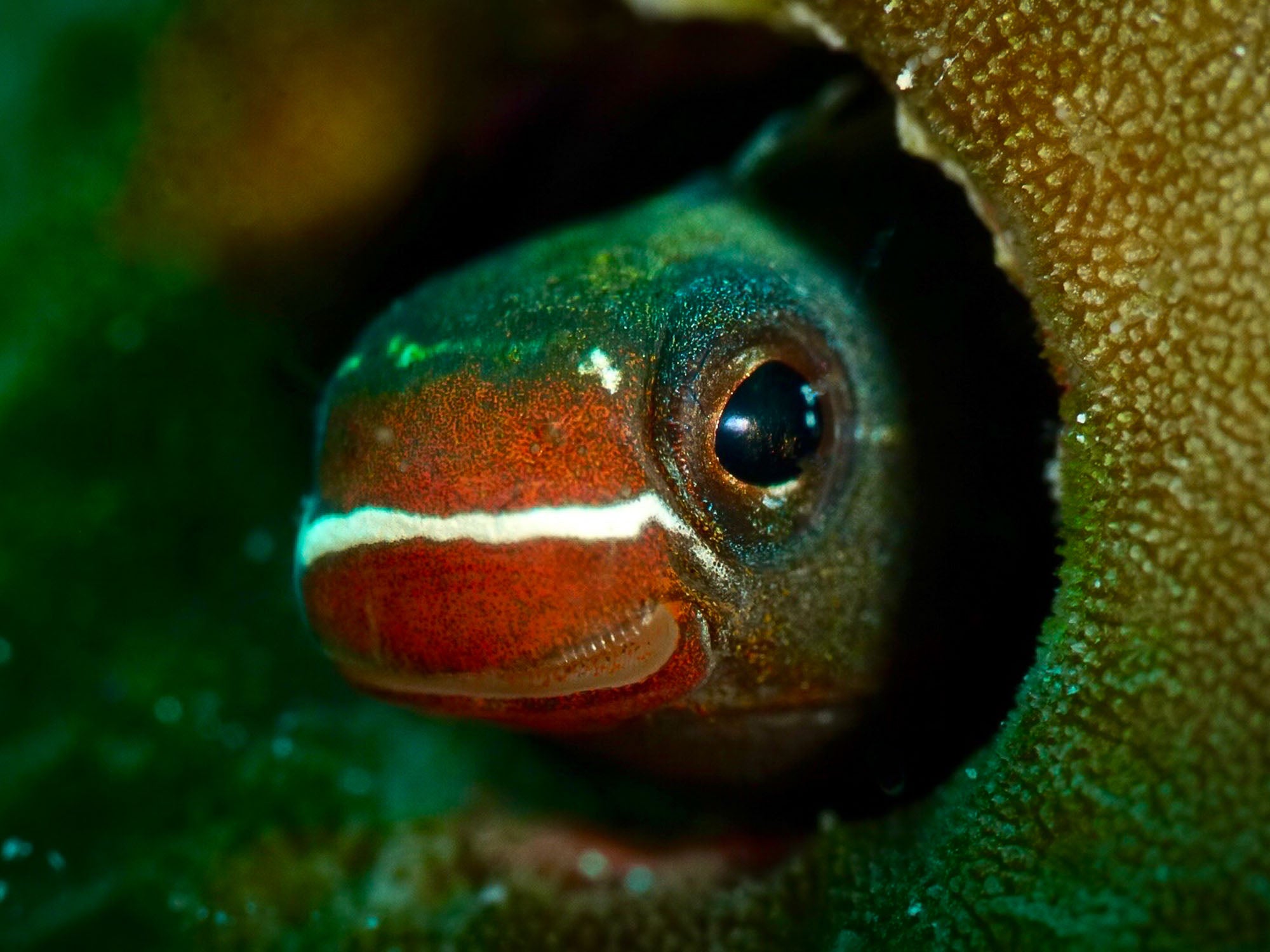
Blenny Underwater Camera Settings and Technique
The beauty of blennies is that they won't swim away from you because they'll just hide in their homes and these "homes" often make great framing opportunities for your underwater compositions.
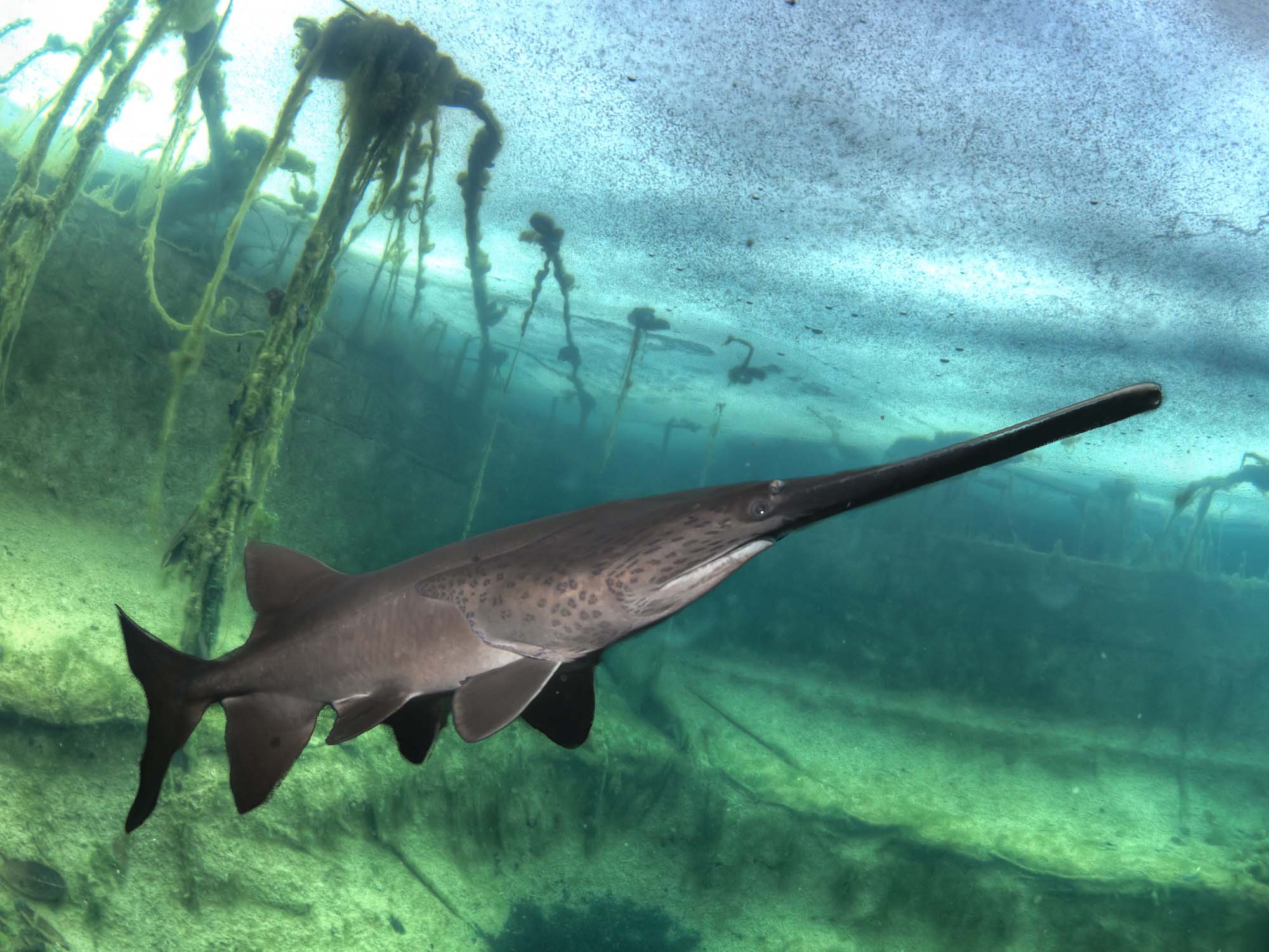
American Paddlefish Underwater Camera Settings and Technique
American paddlefish have been introduced into lakes and quarries to entertain divers. This cheat sheet provides everything you need to know about these unique creatures.
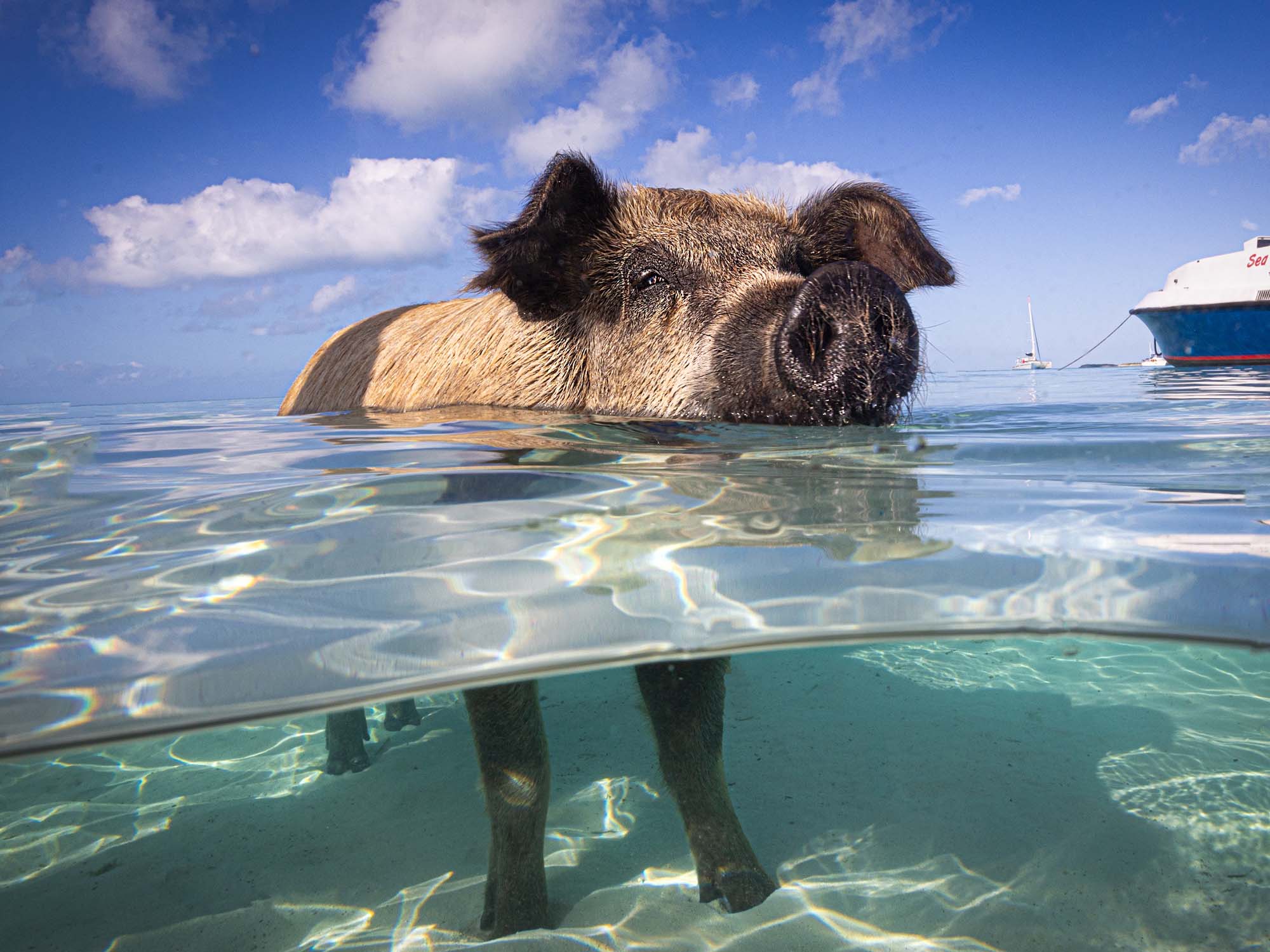
Swimming Pigs Underwater Camera Settings and Technique
Visiting Pig Beach in the Bahamas is an absolute must. Use this Cheat Sheet to make sure your swimming pig photos are a crowd pleaser.
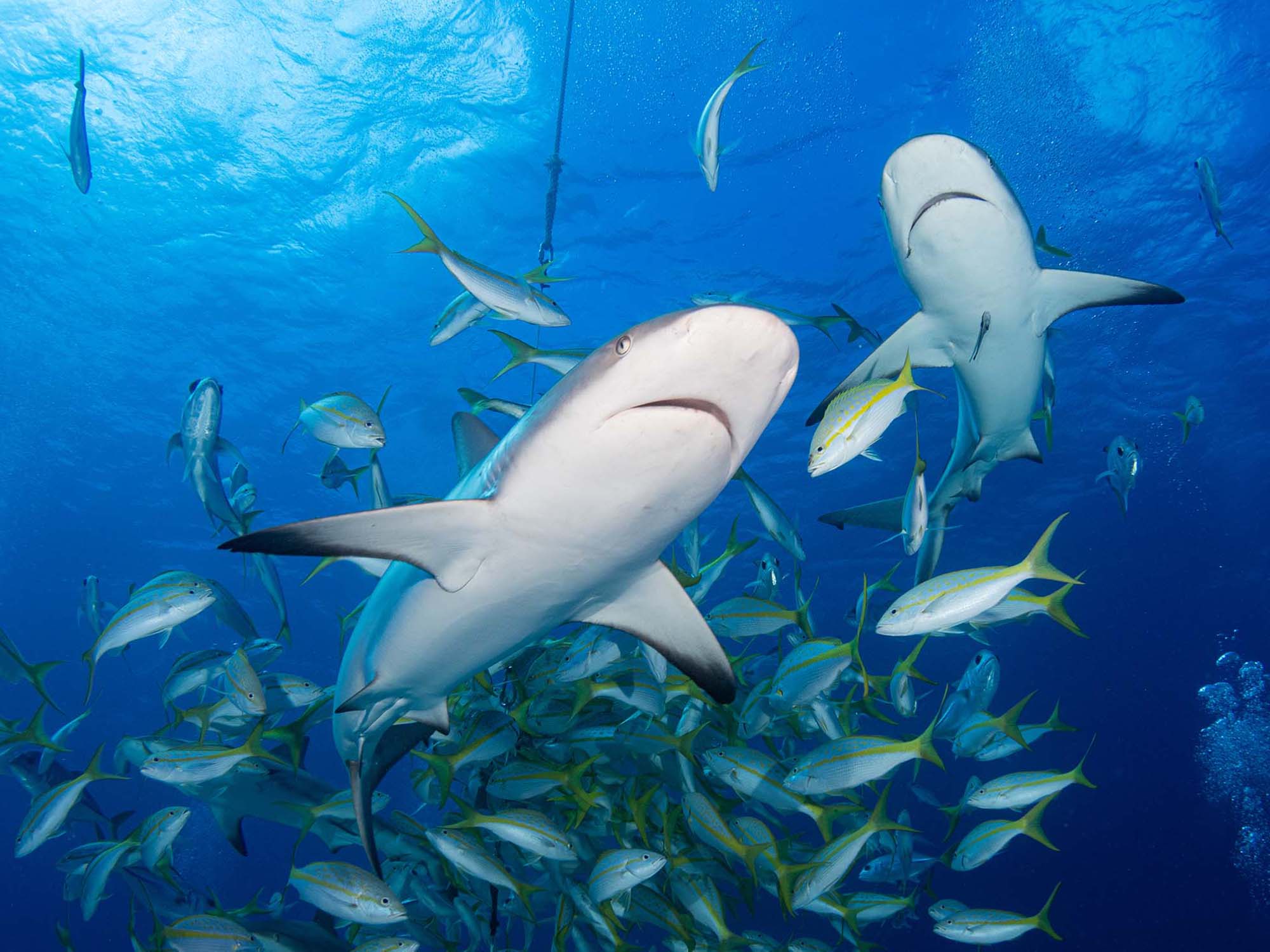
Shark Feed Underwater Camera Settings and Technique
Eye contact, composition, and lighting are key factors in getting good shark feed photos. Use this Cheat Sheet guide to make sure you get frame-worthy images.

Natural Light Underwater Camera Settings and Technique
There are certain situations where you'll need to leave your strobes at home. Make the most of natural lighting with this camera settings cheat sheet.
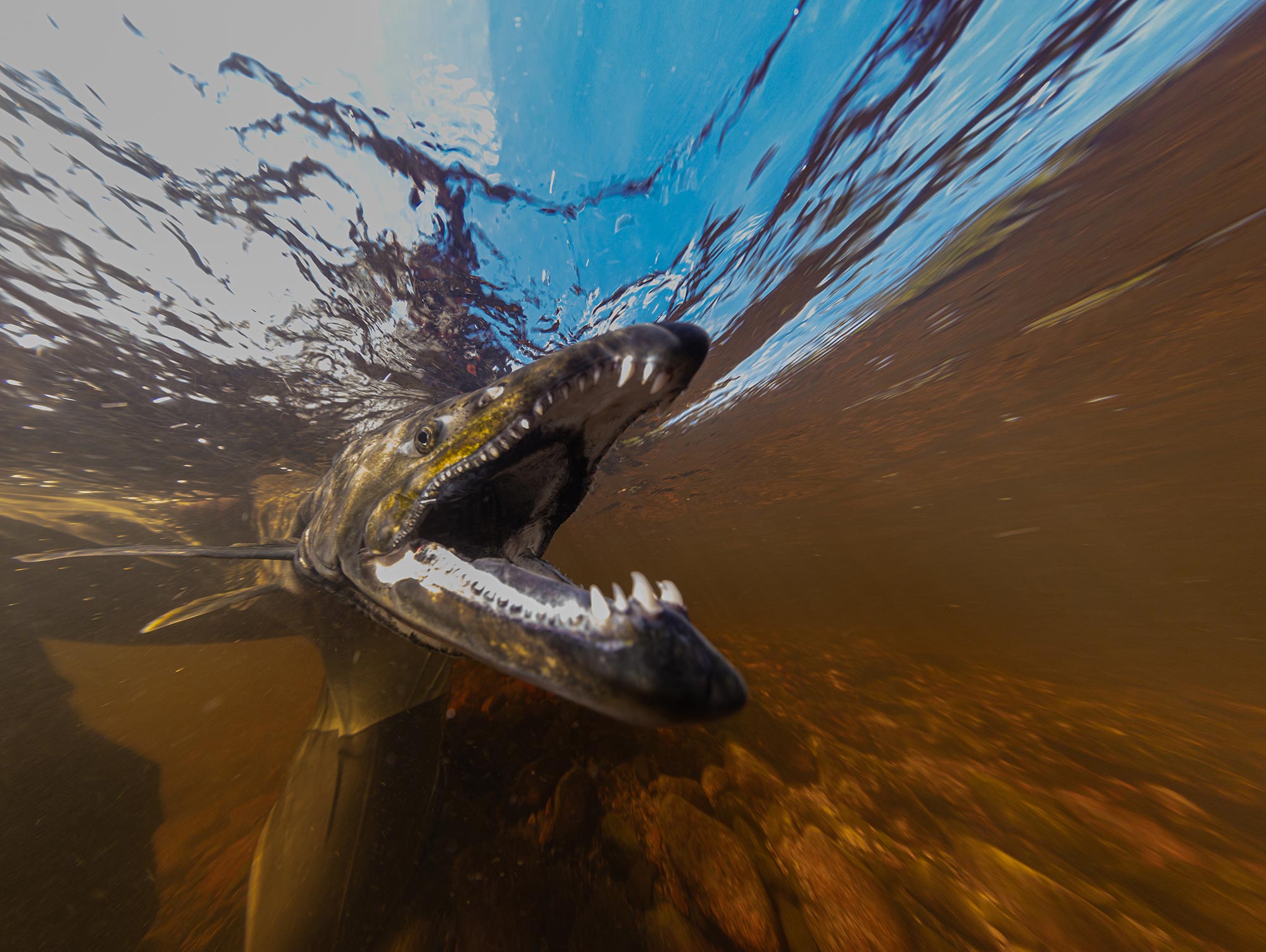
Trout and Salmon Underwater Camera Settings and Technique
Freshwater and migratory fish photography can be fun, but there are some important aspects to keep in mind. Use these tips to set yourself up for success.
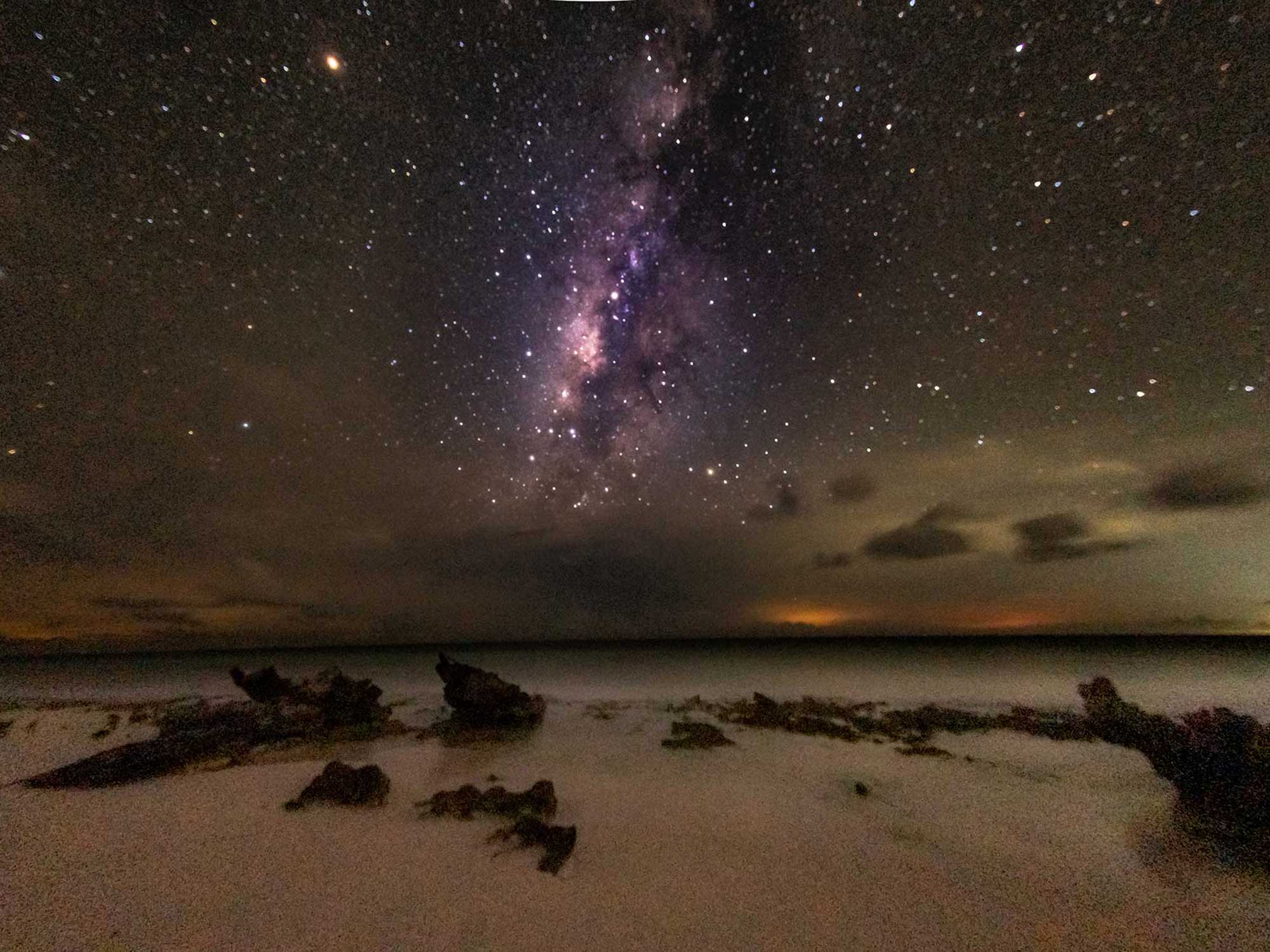
Astrophotography Camera Settings and Technique
Astrophotography is a great way to get experiment with your camera on your next dive vacation. These camera settings and tips will help you get started on your journey through the stars.
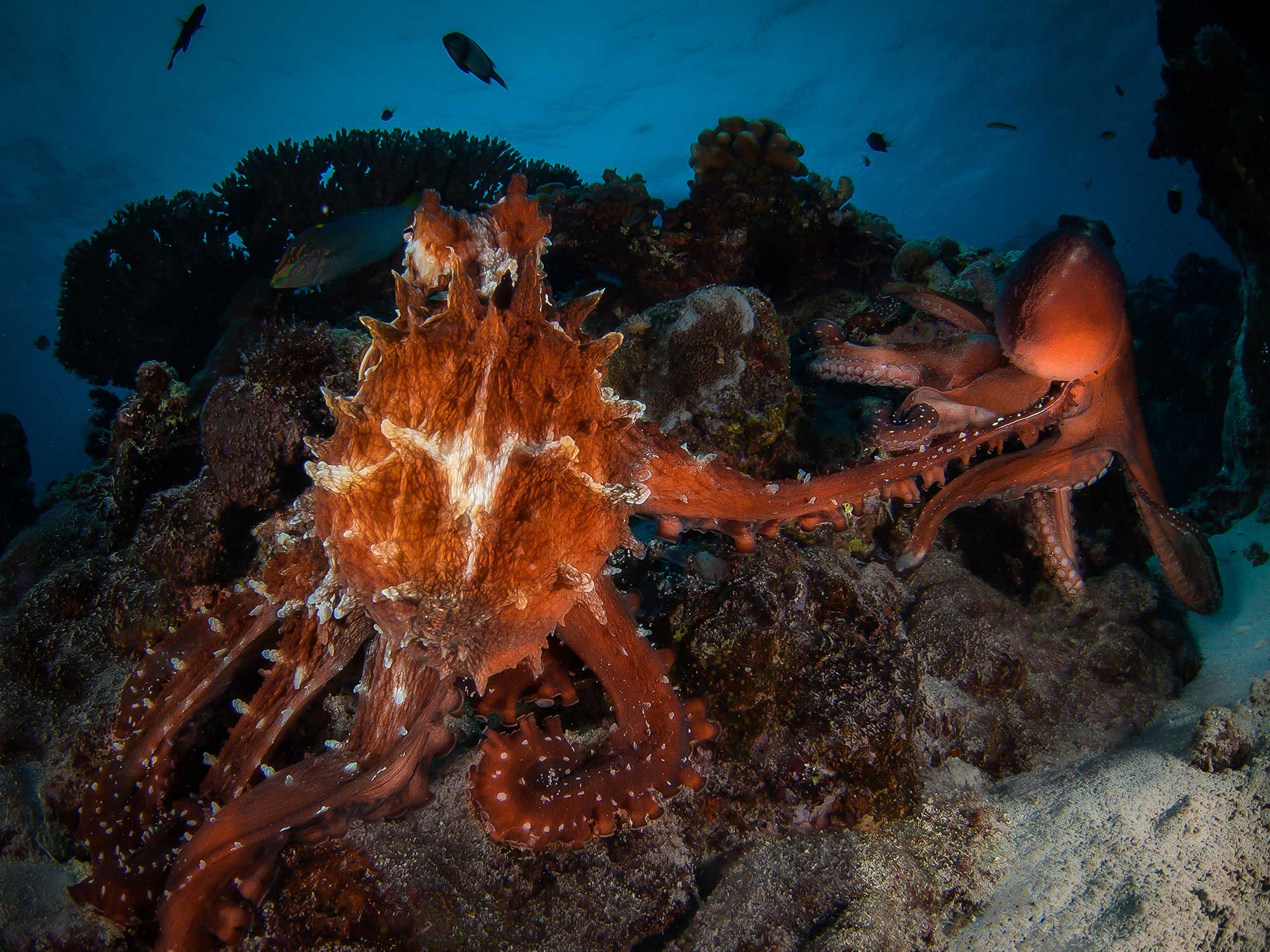
Octopus Underwater Camera Settings and Technique
One of the most intelligent animals underwater are also one of the most fun to photograph. Use this guide to capture all the dazzling displays of color octopuses are capable of.
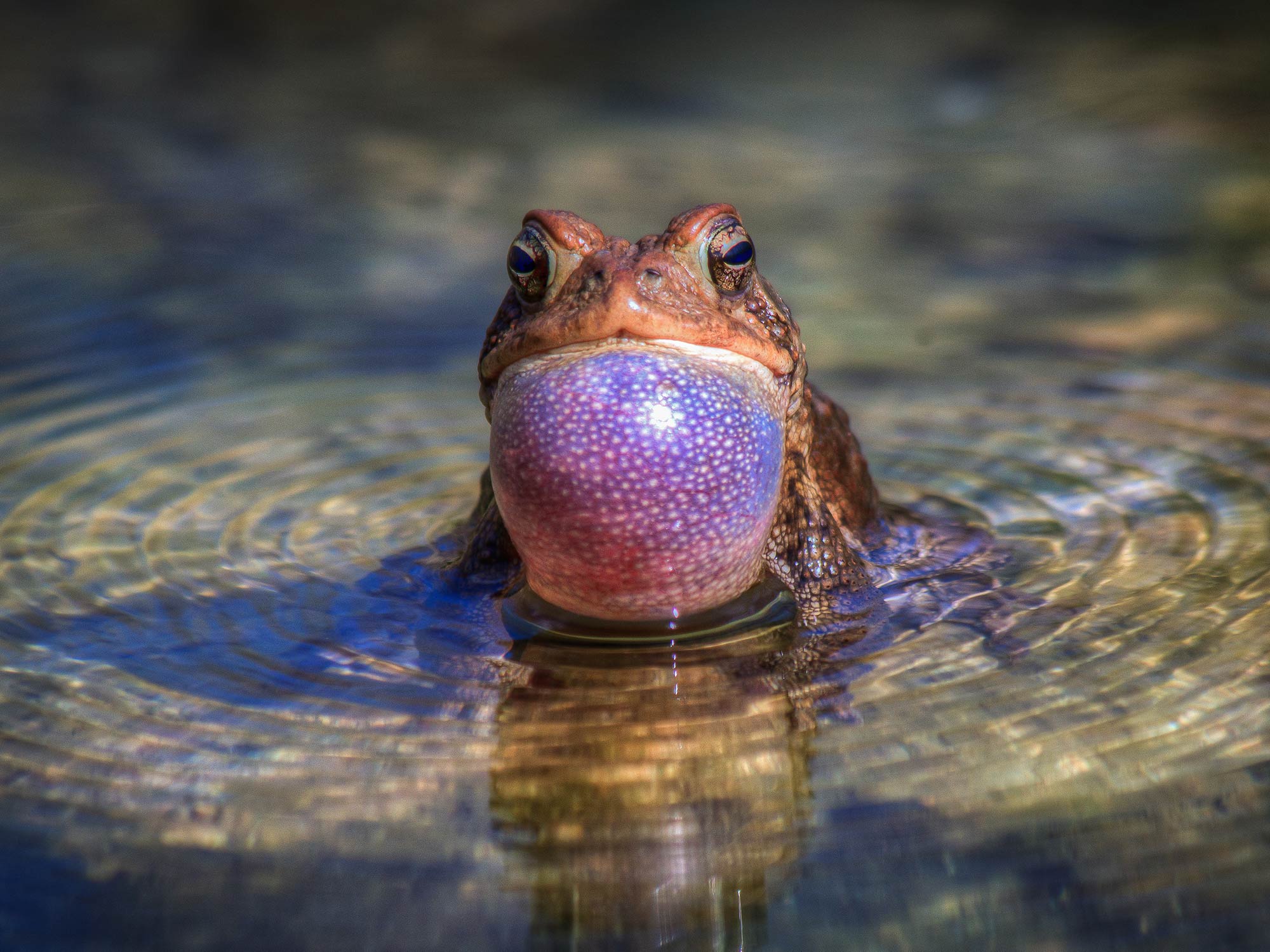
Frogs and Tadpoles Underwater Camera Settings and Technique
Leap into underwater frog photography with this Cheat Sheet.
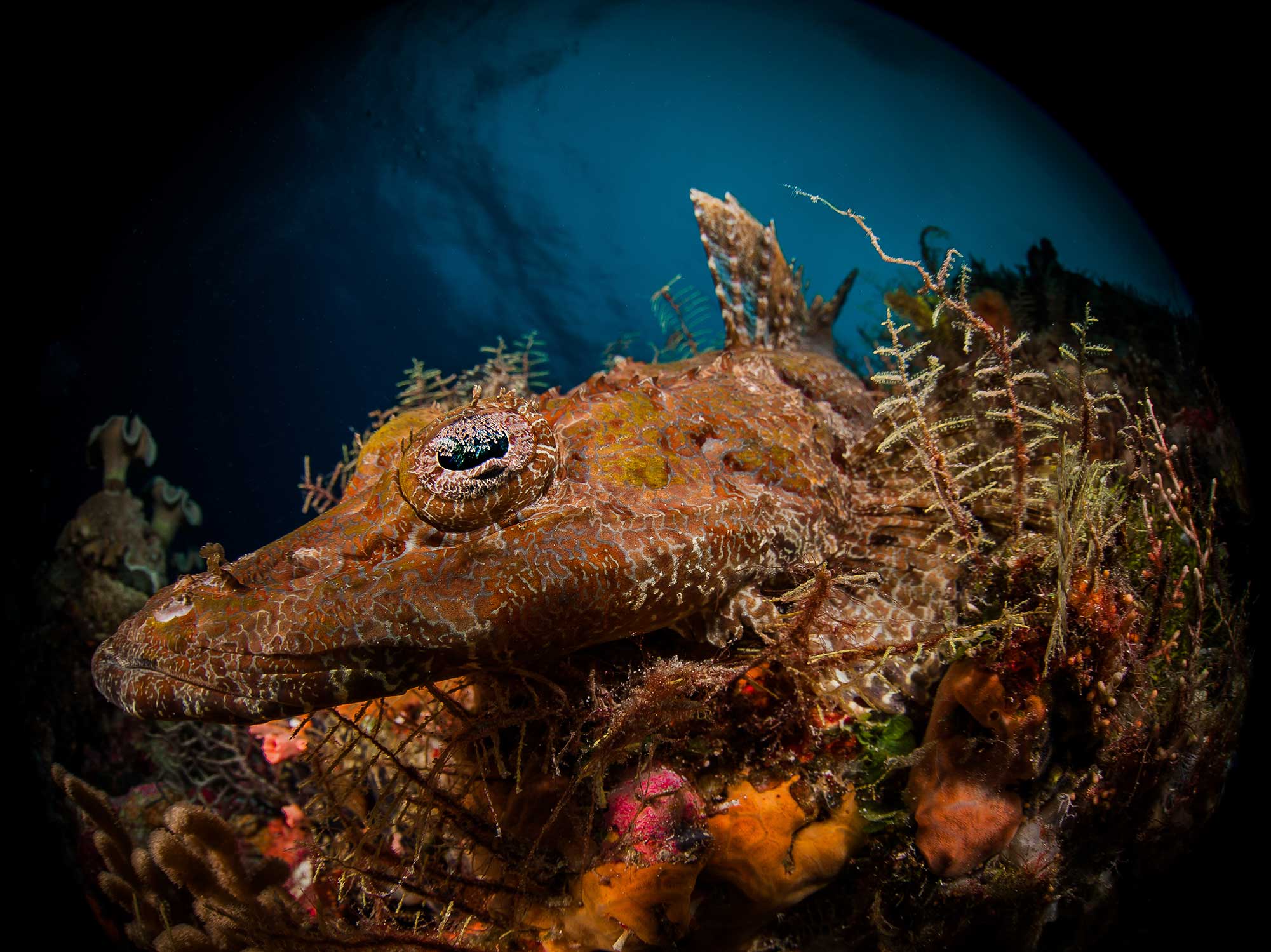
Flathead Crocodilefish Underwater Camera Settings and Technique
Flathead crocodilefish are a dynamic and cooperative subject, use this Cheat Sheet for the best approach to photographing these camouflage artists.
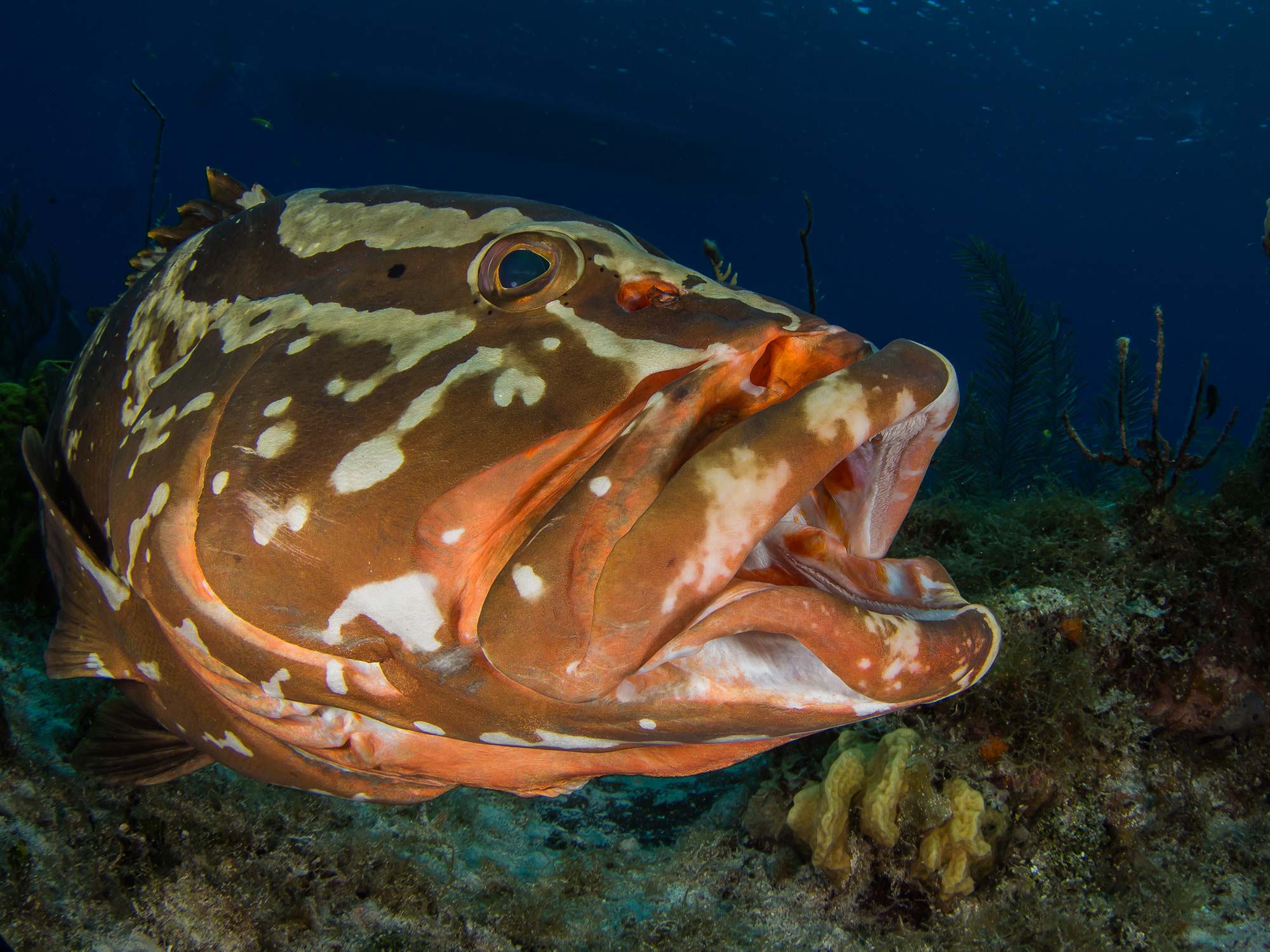
Grouper Underwater Camera Settings and Technique
Grouper are some of our favorite subjects to photograph, their inquisitive nature means they'll get close enough for super sharp images. Use these tips to make the most of their curiosity.
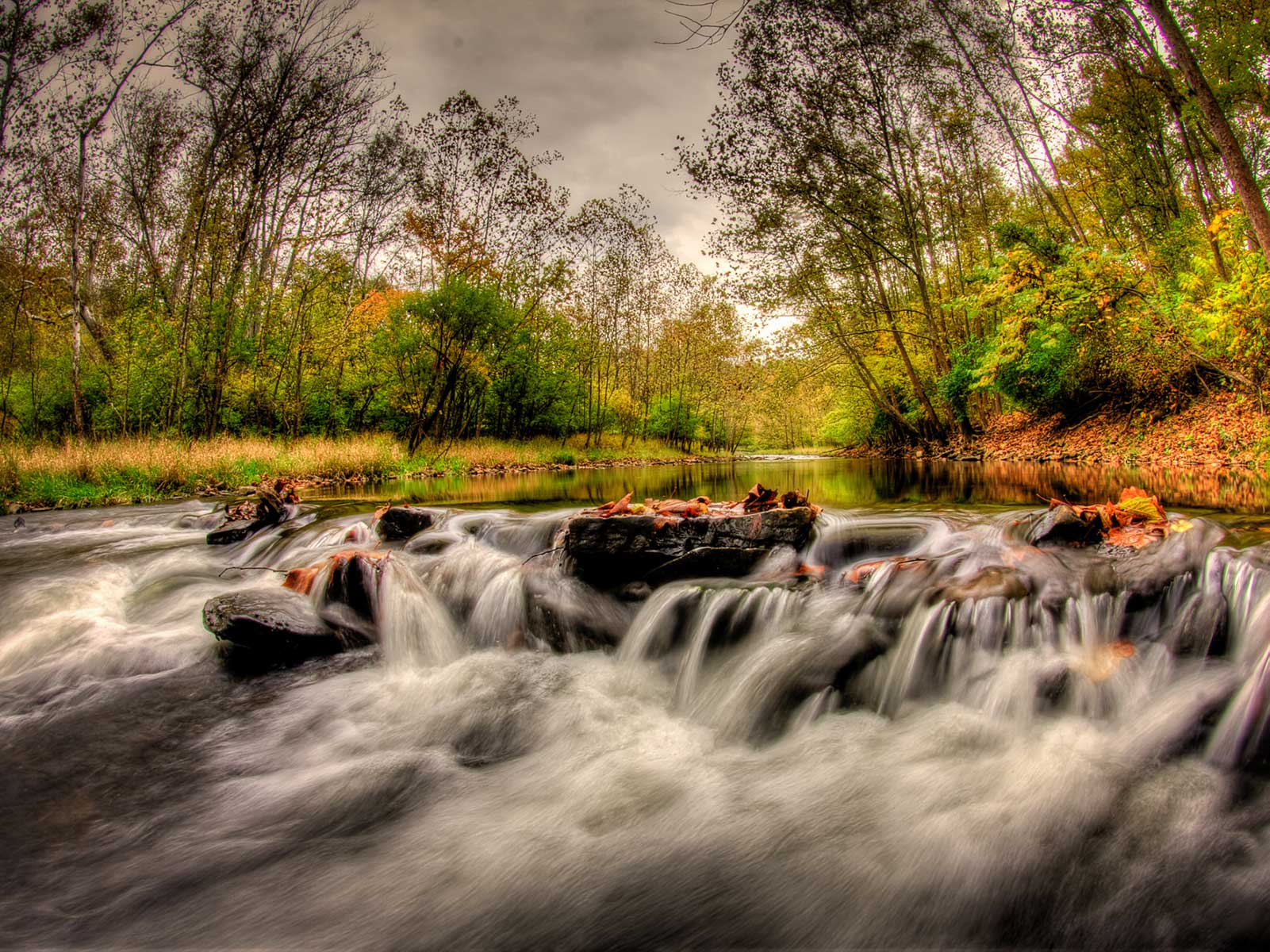
HDR Photography Camera Settings and Technique
Marine animals aren't the only subjects you're photographing on your dive trip. Use these tips to up the ante on your sunset beach photos.
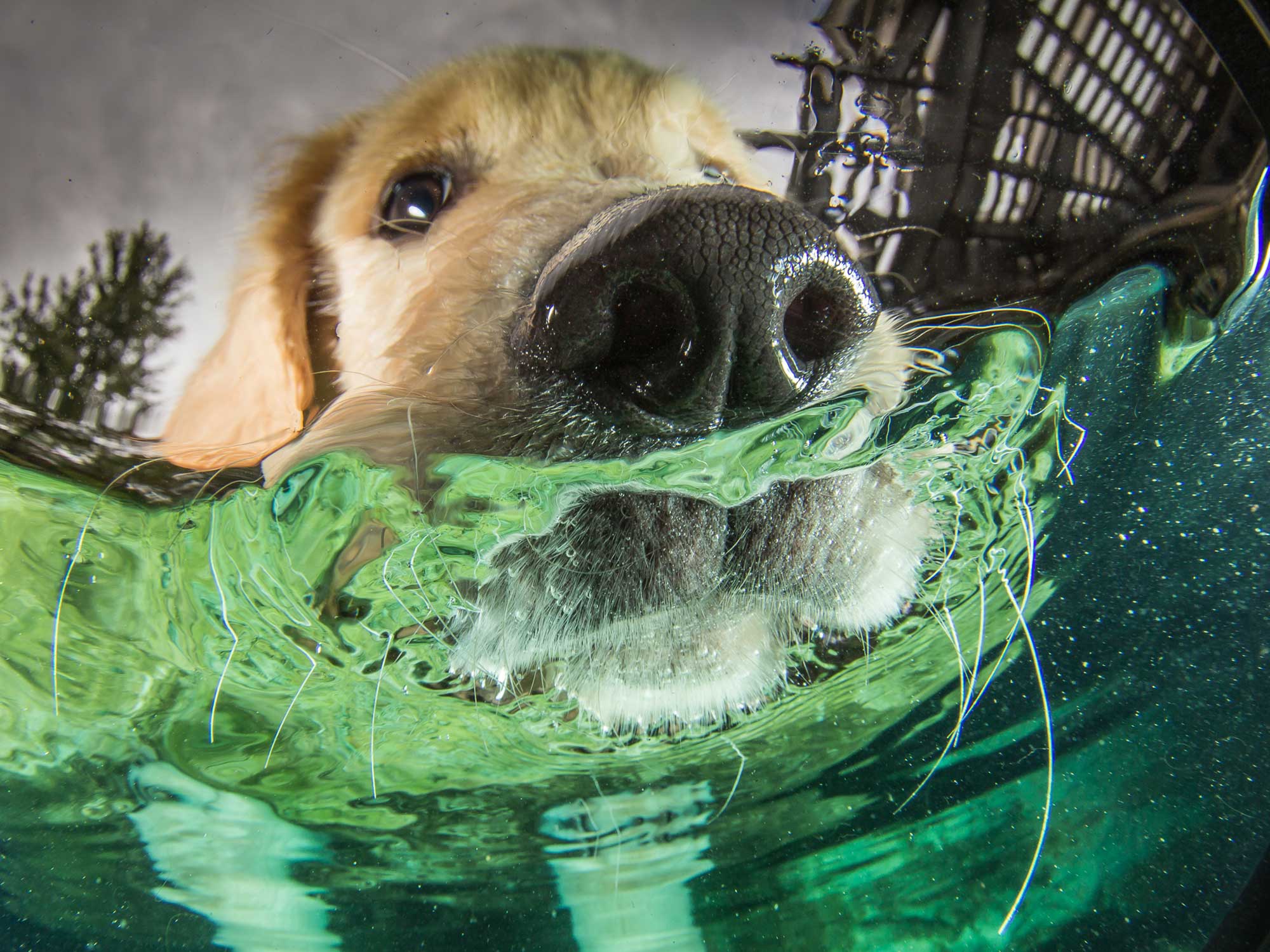
Dogs Underwater Camera Settings and Technique
There's nothing cuter than dog photos, unless they're underwater dog photos. Use these tips to capture a picture of your pup that will make the whole family say, "aww!"
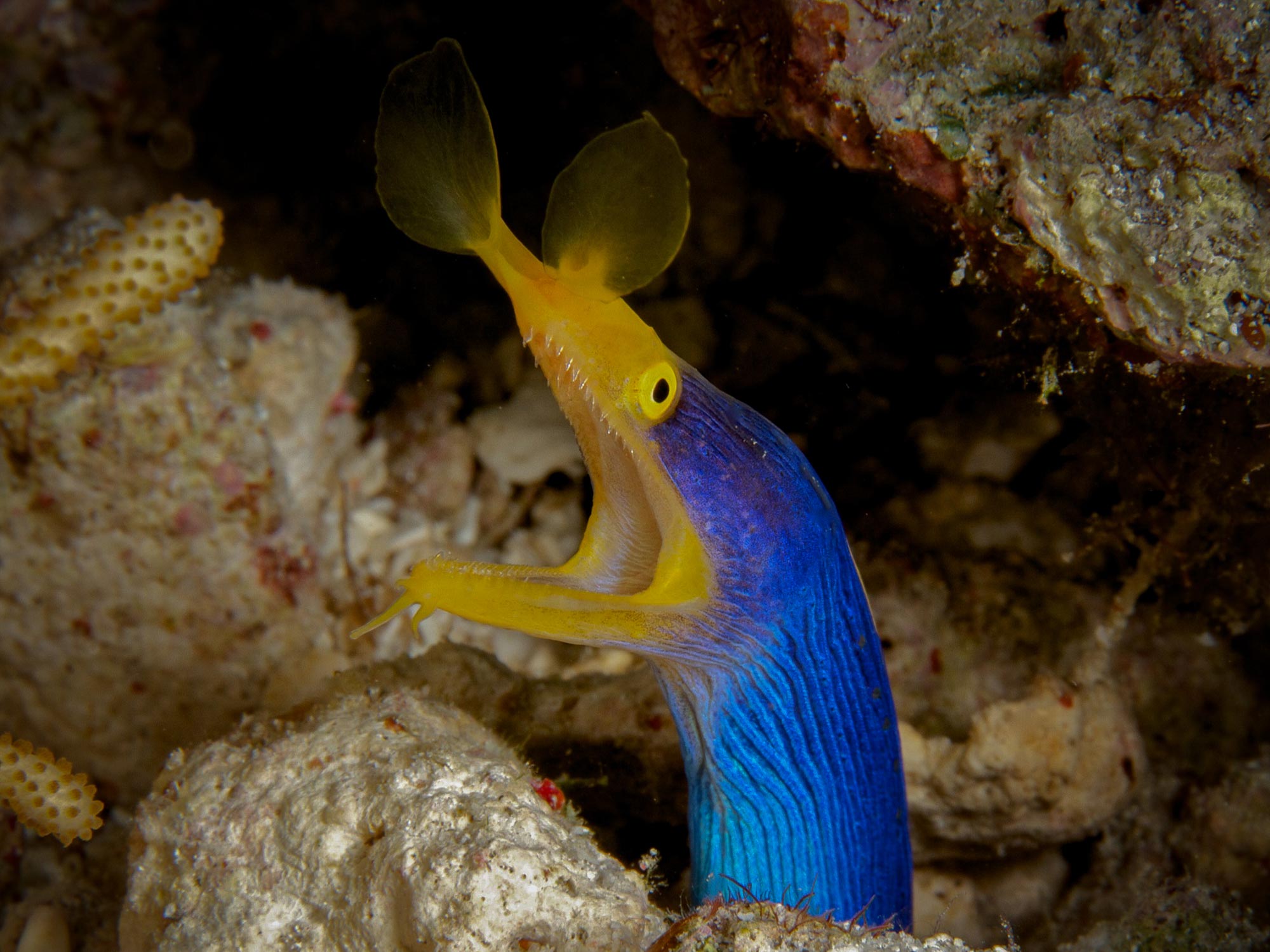
Eels Underwater Camera Settings and Technique
Eels are found in all oceans, but their ubiquity doesn't mean an easy photo. Use these tips to make the most of your next eel encounter.
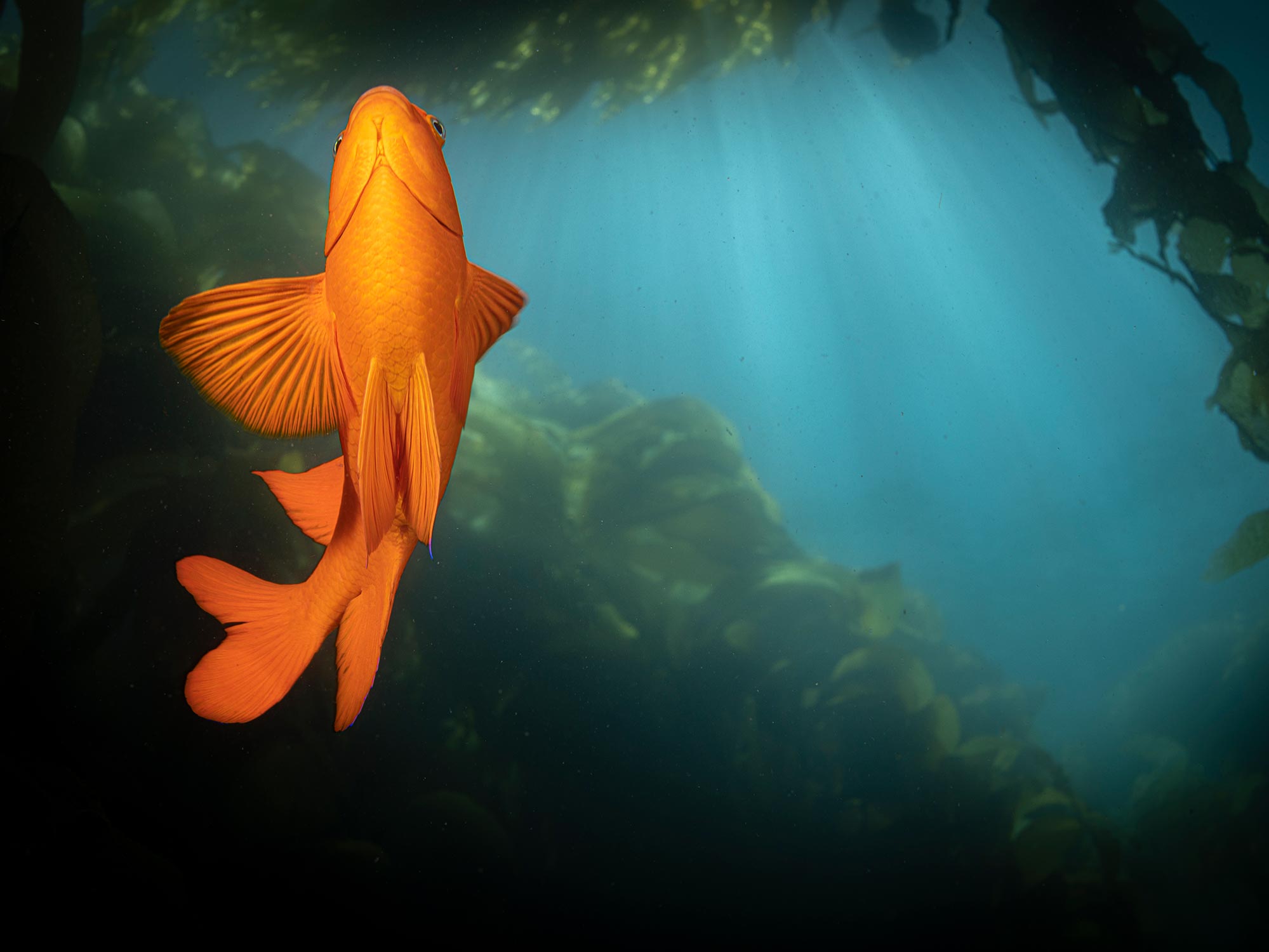
Garibaldi Underwater Camera Settings and Technique
Garibaldi are great underwater photography subjects, virtually any lens will create a decent photo of these bright and friendly fish.

